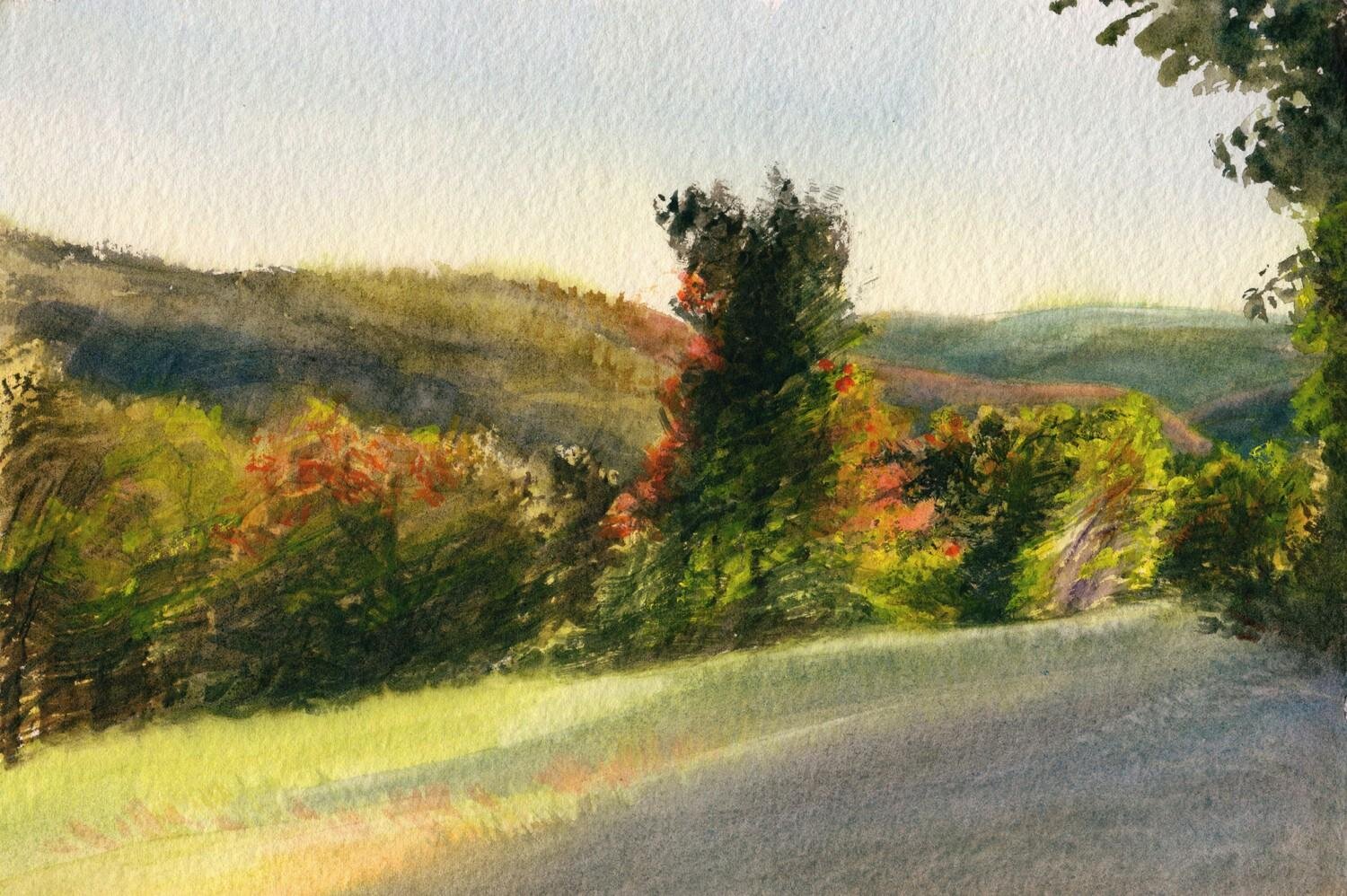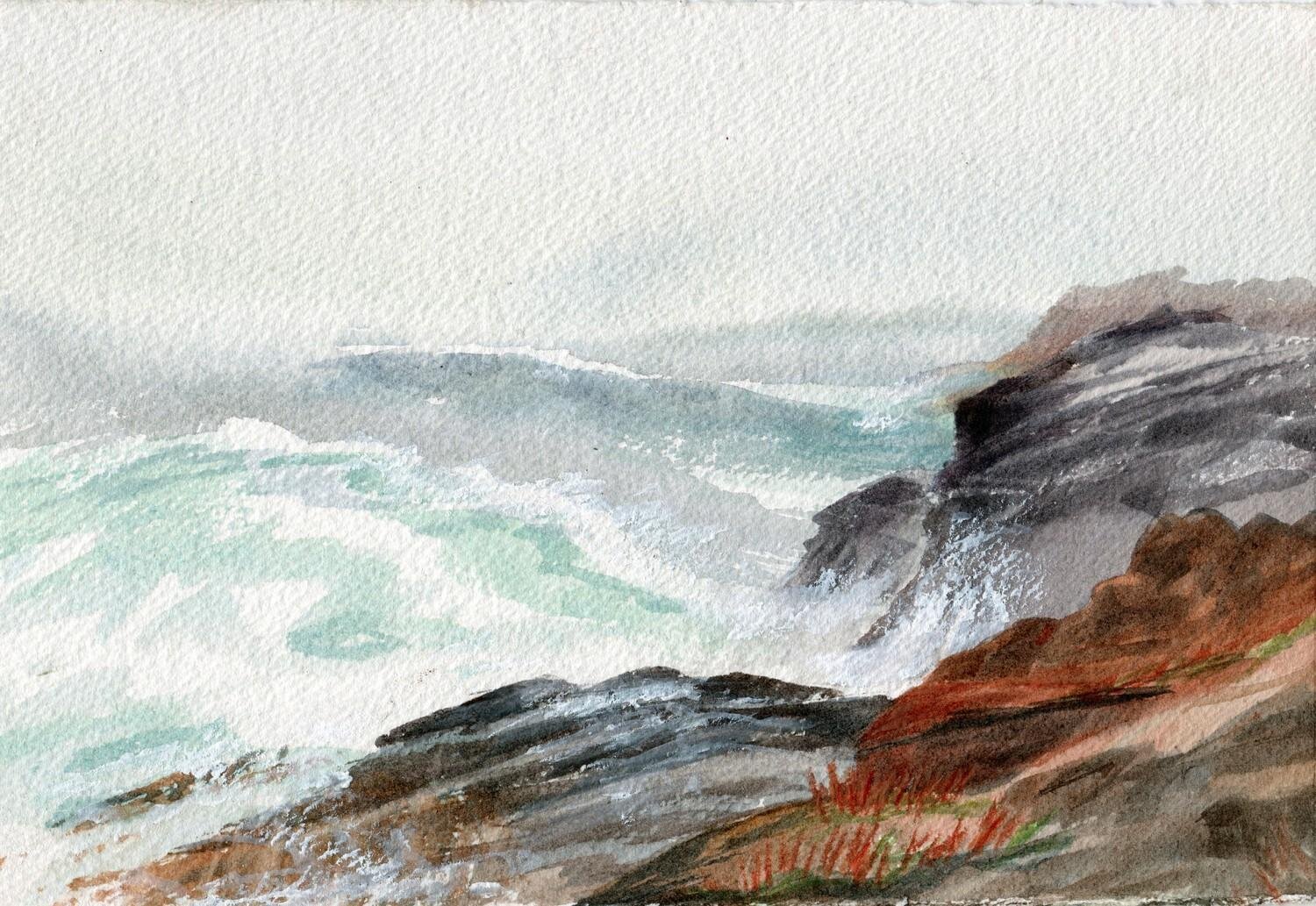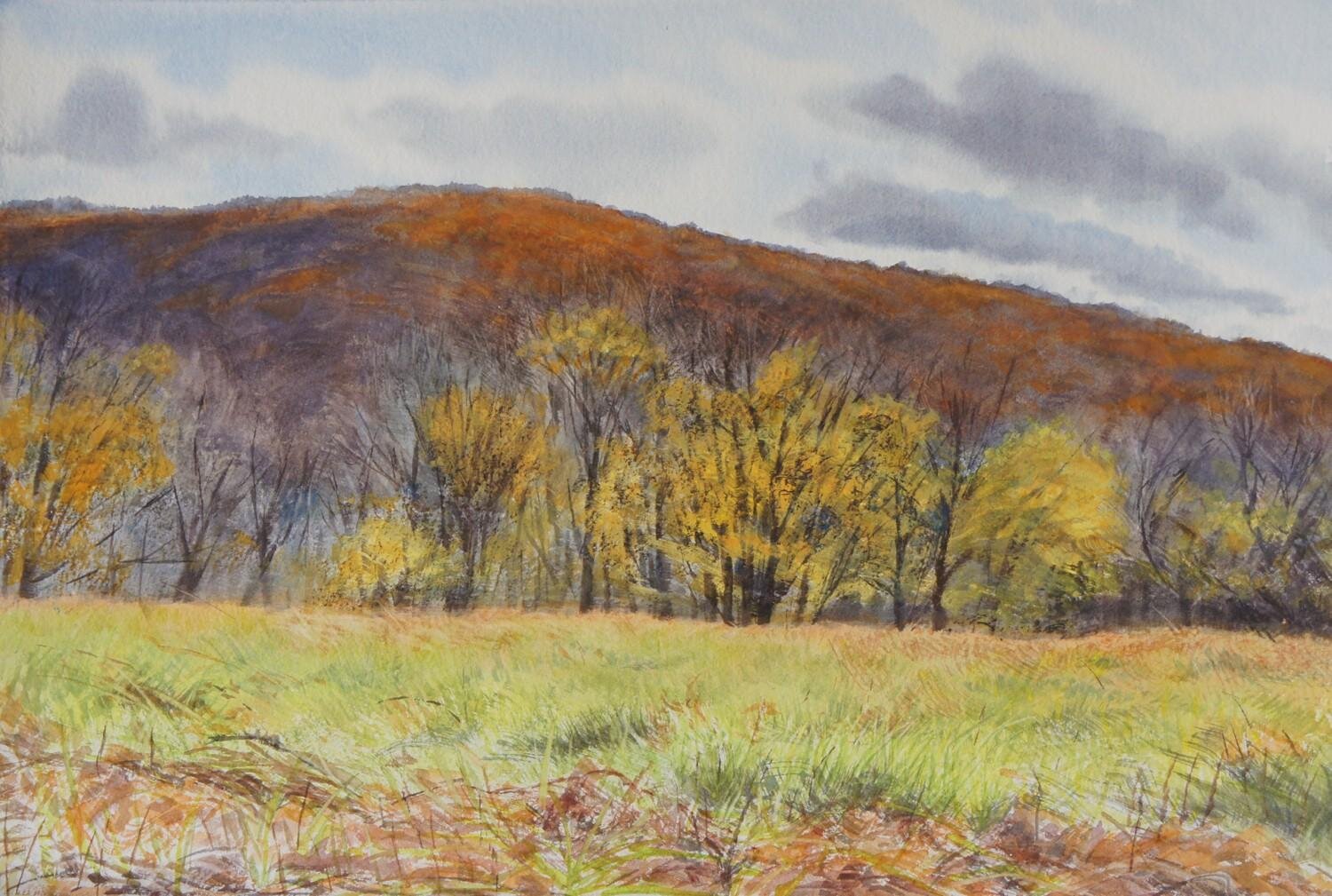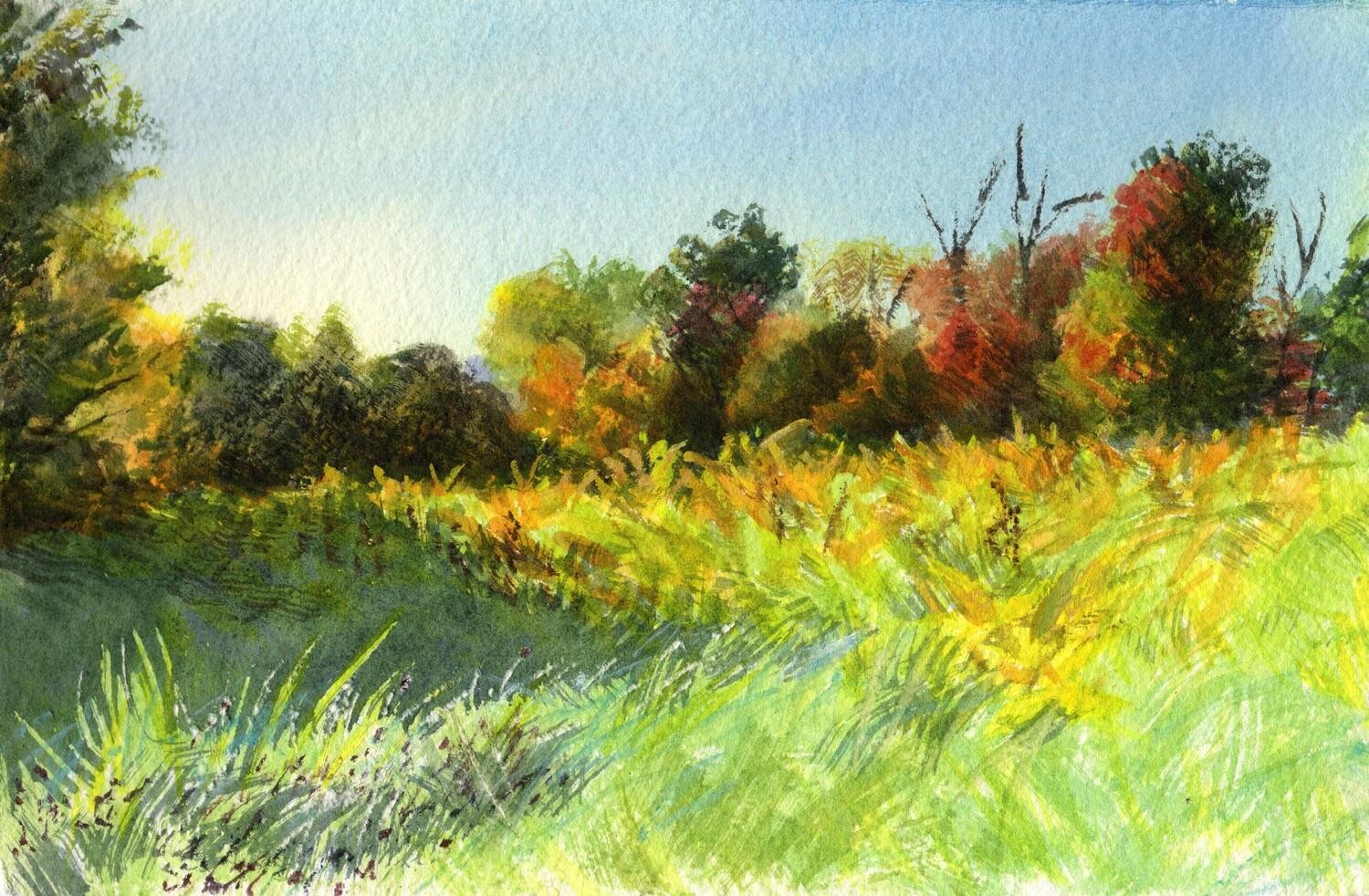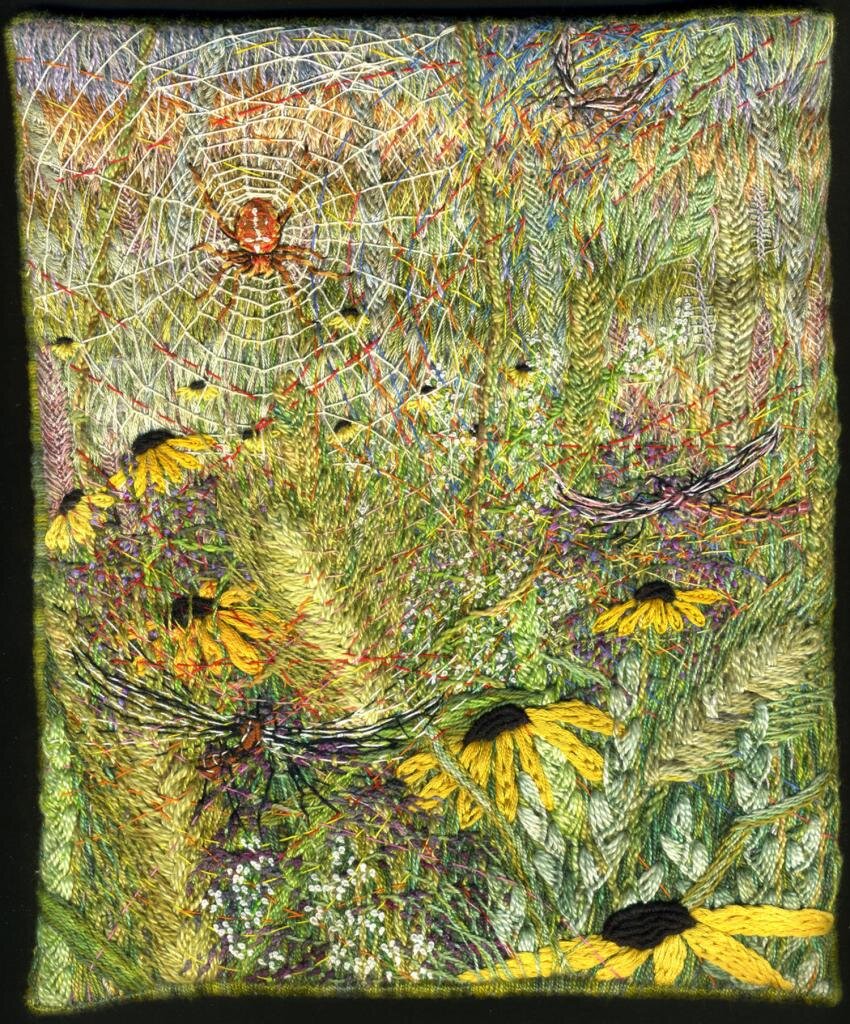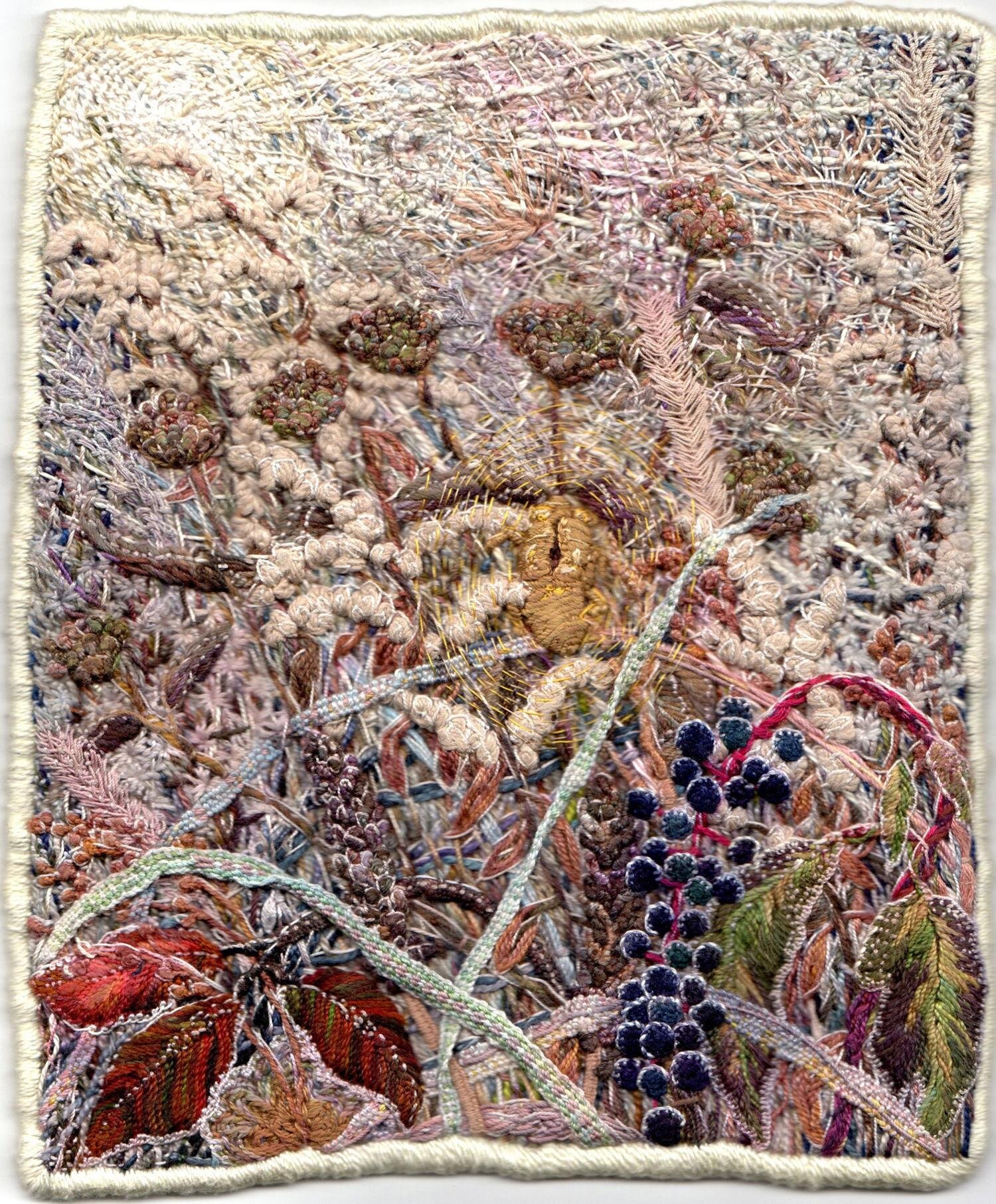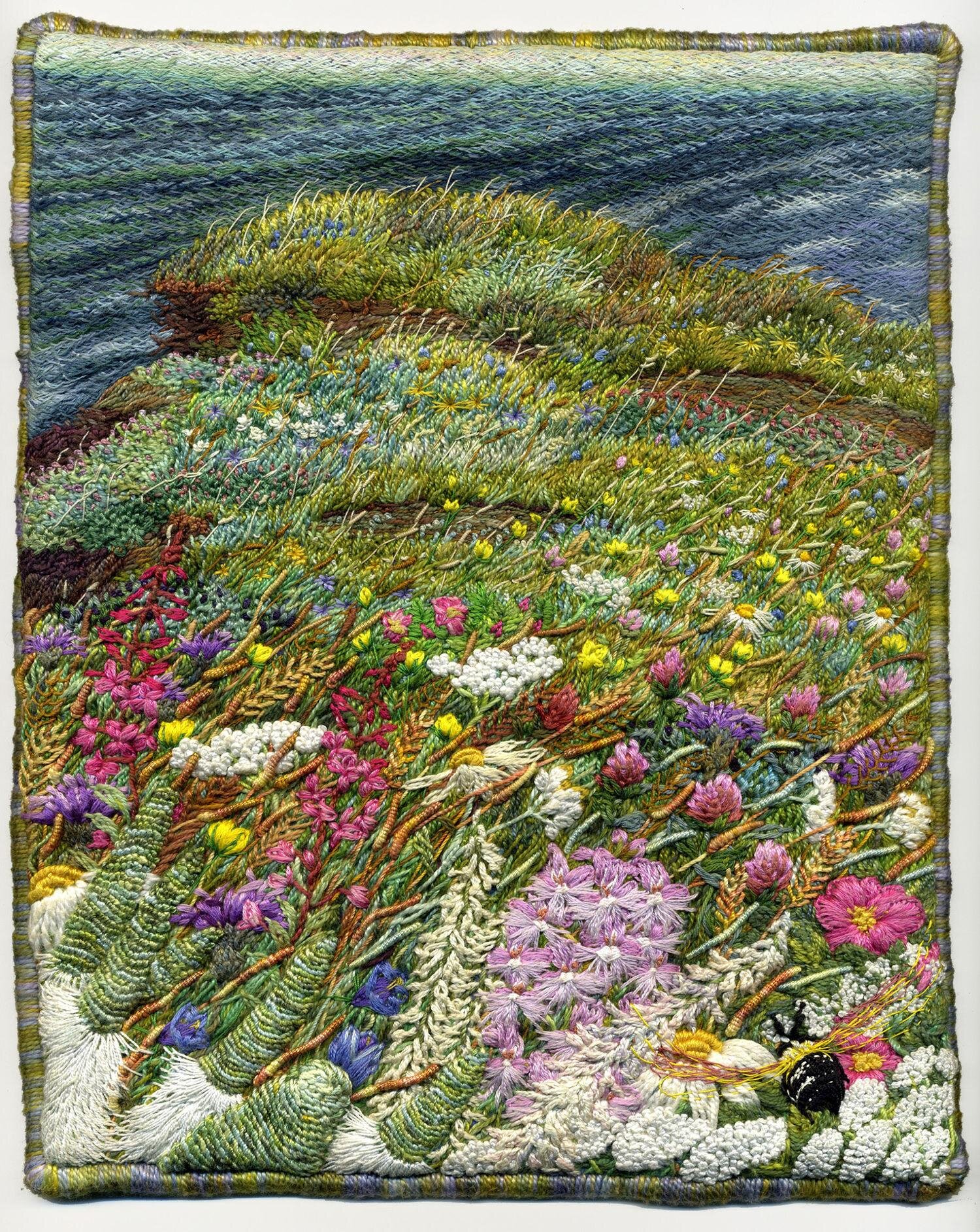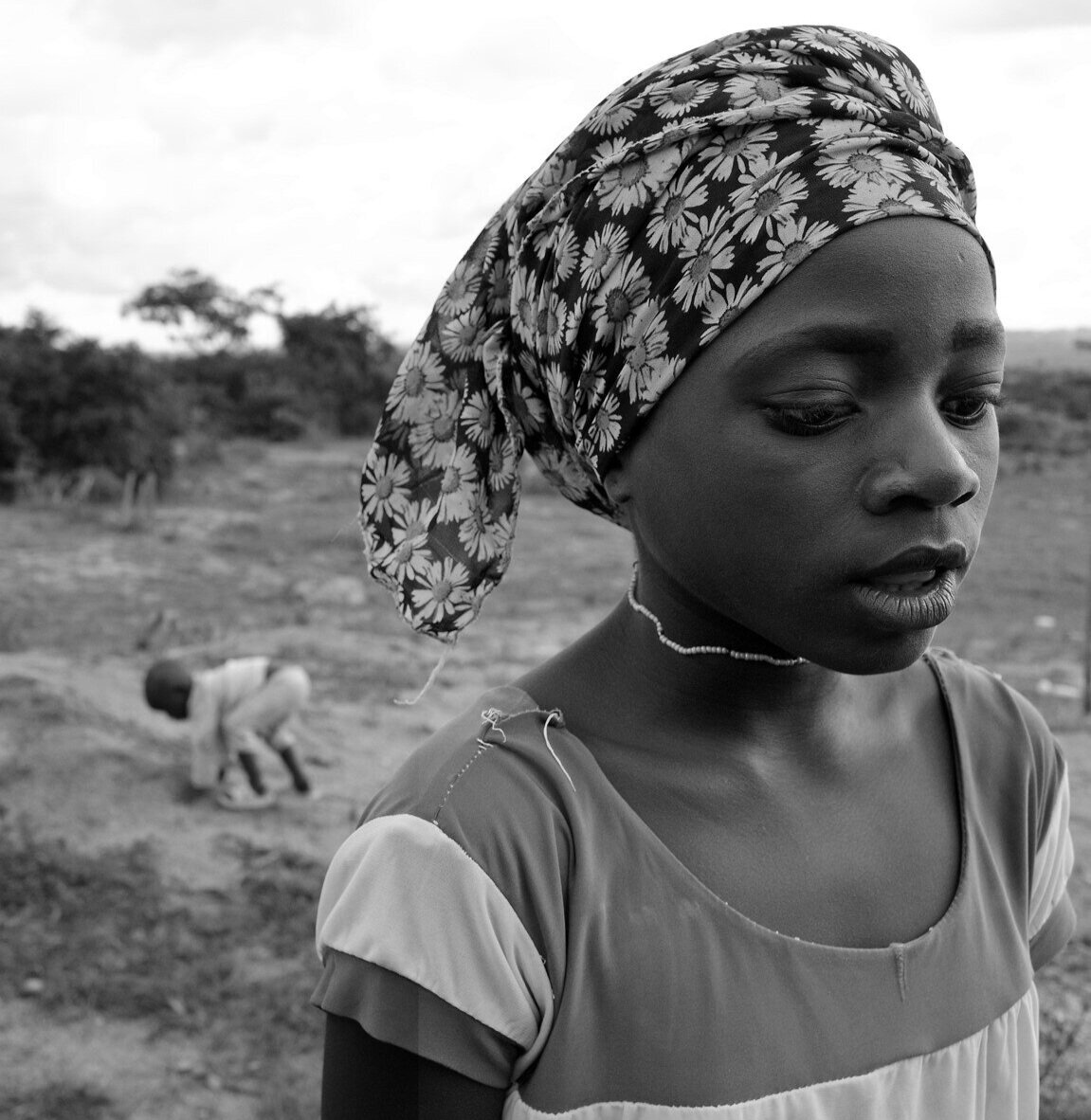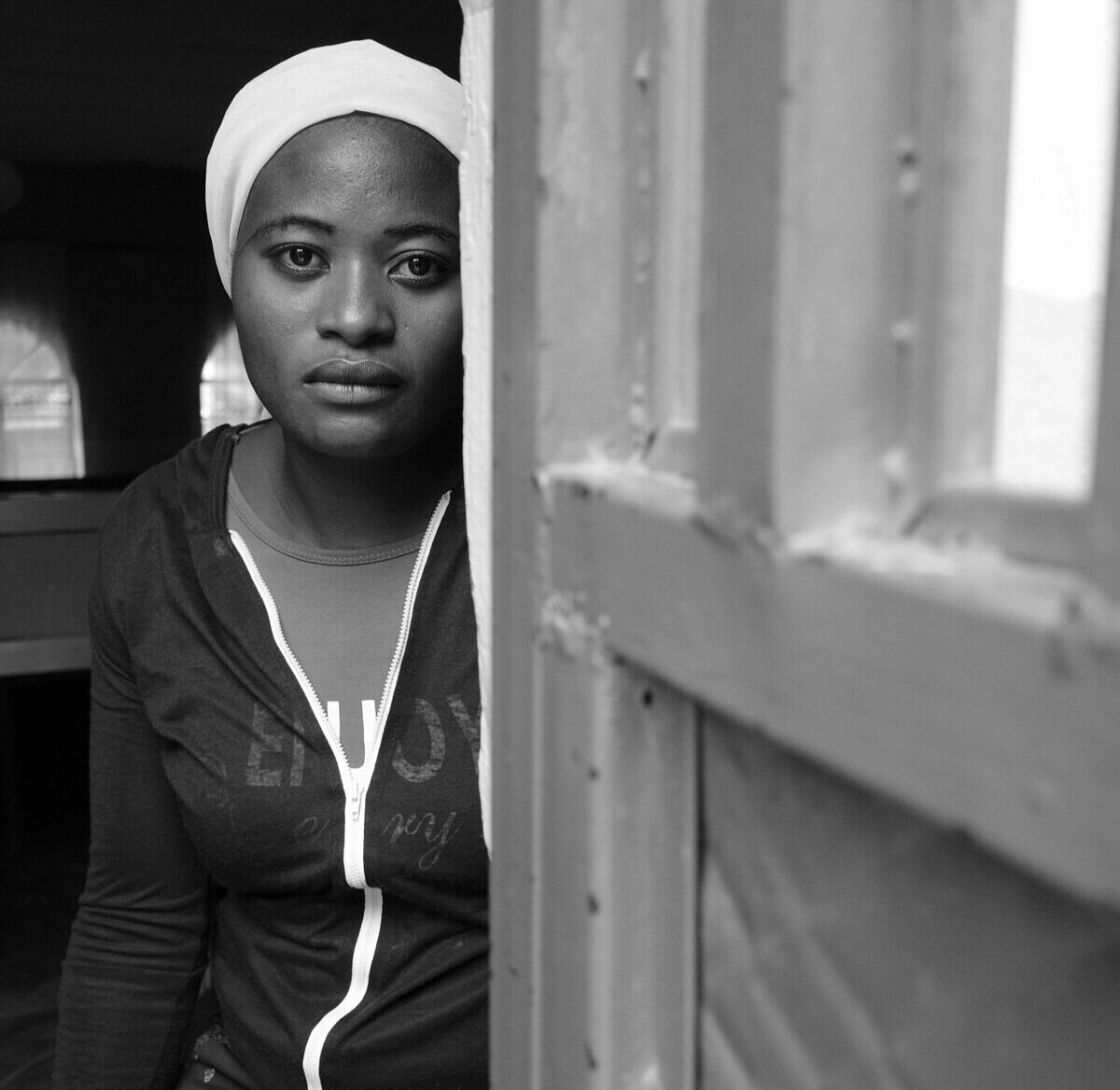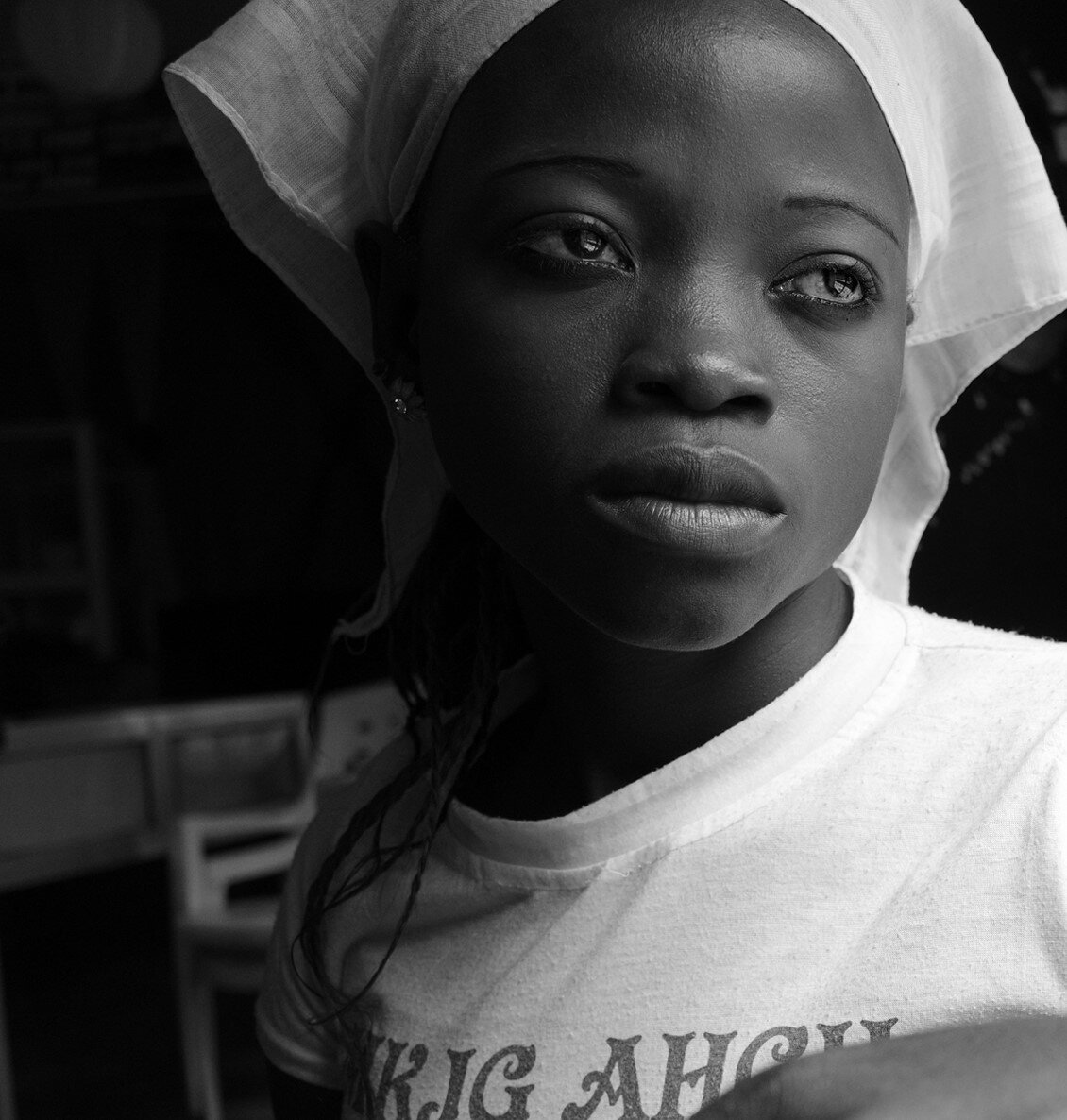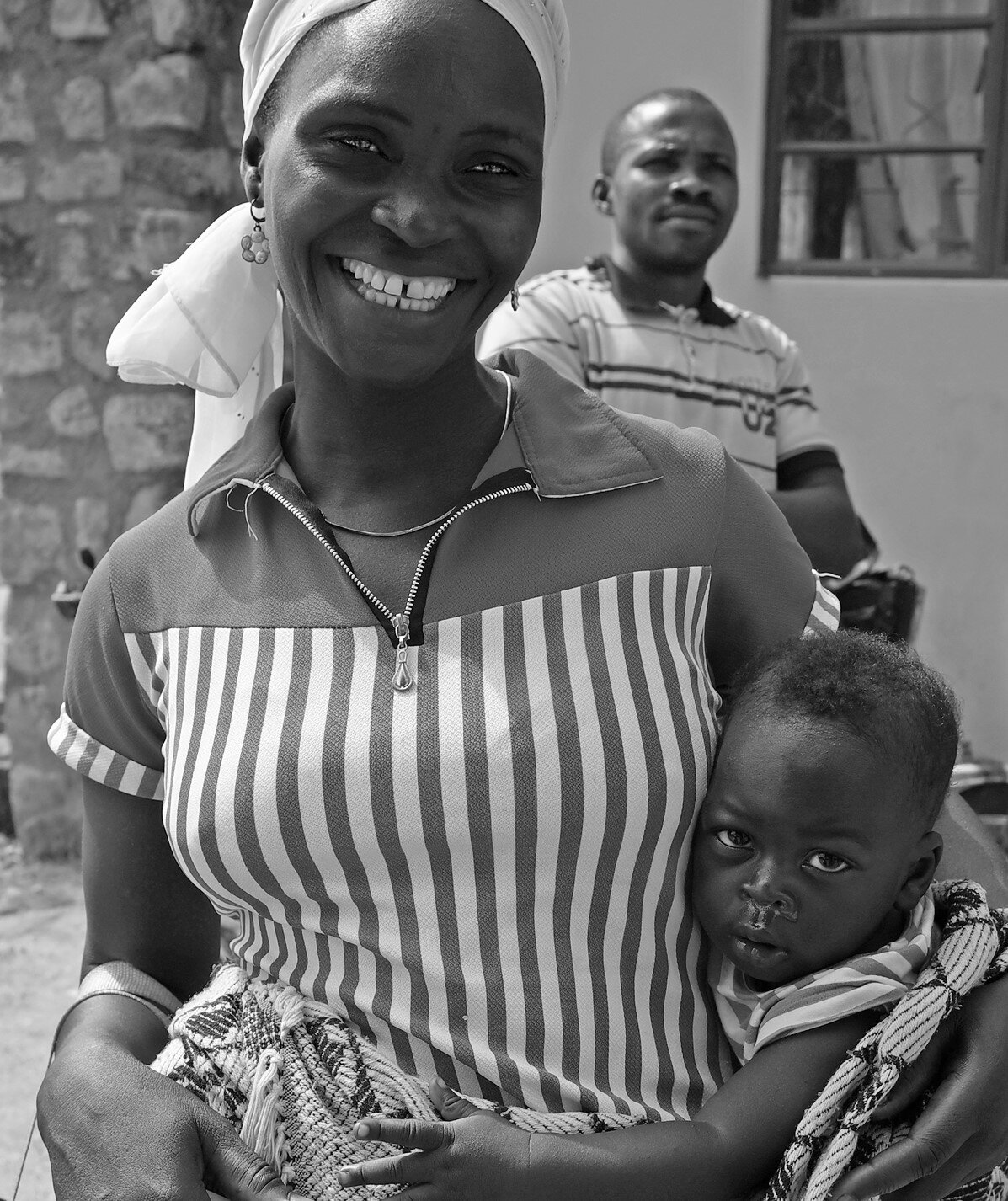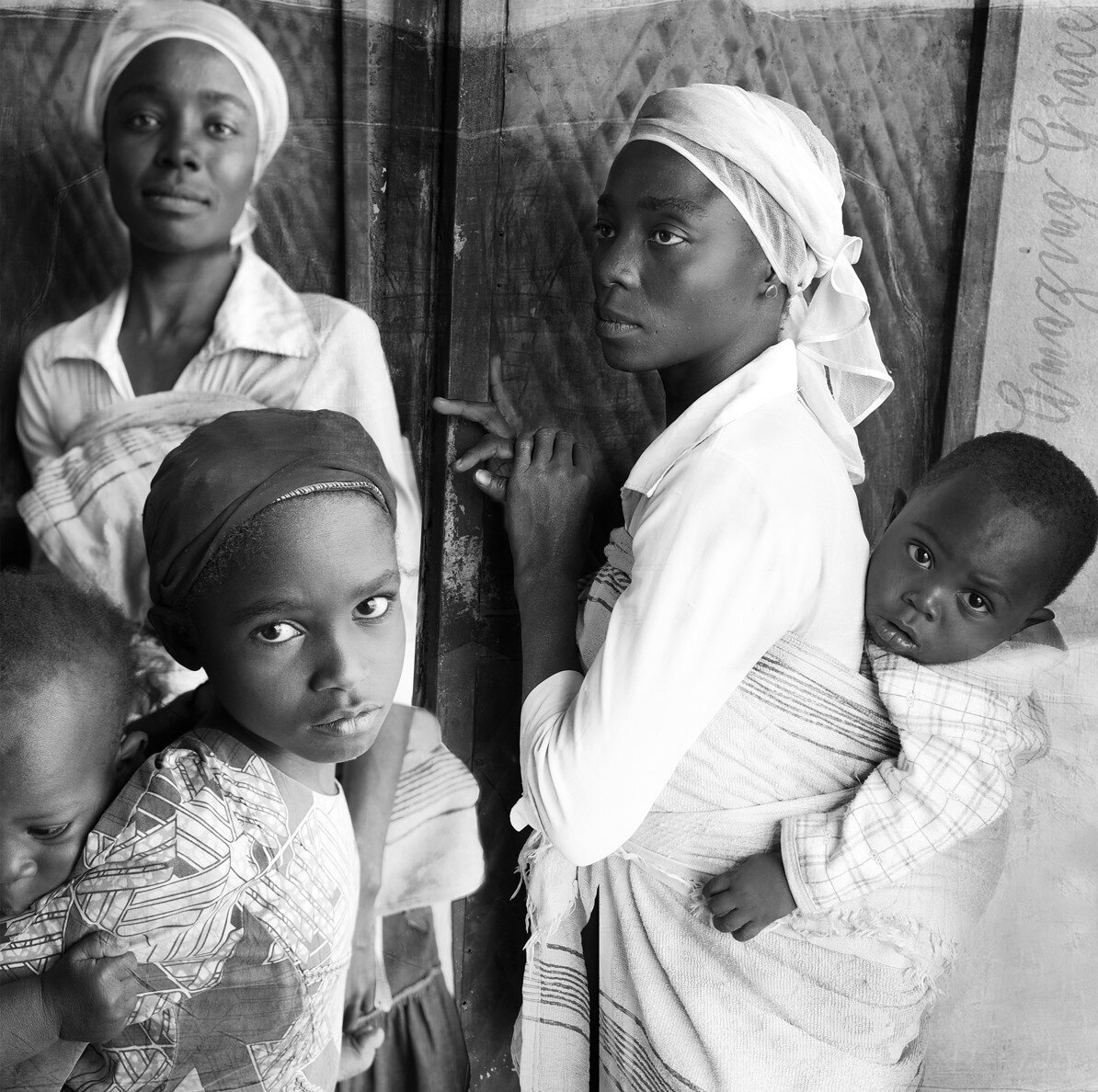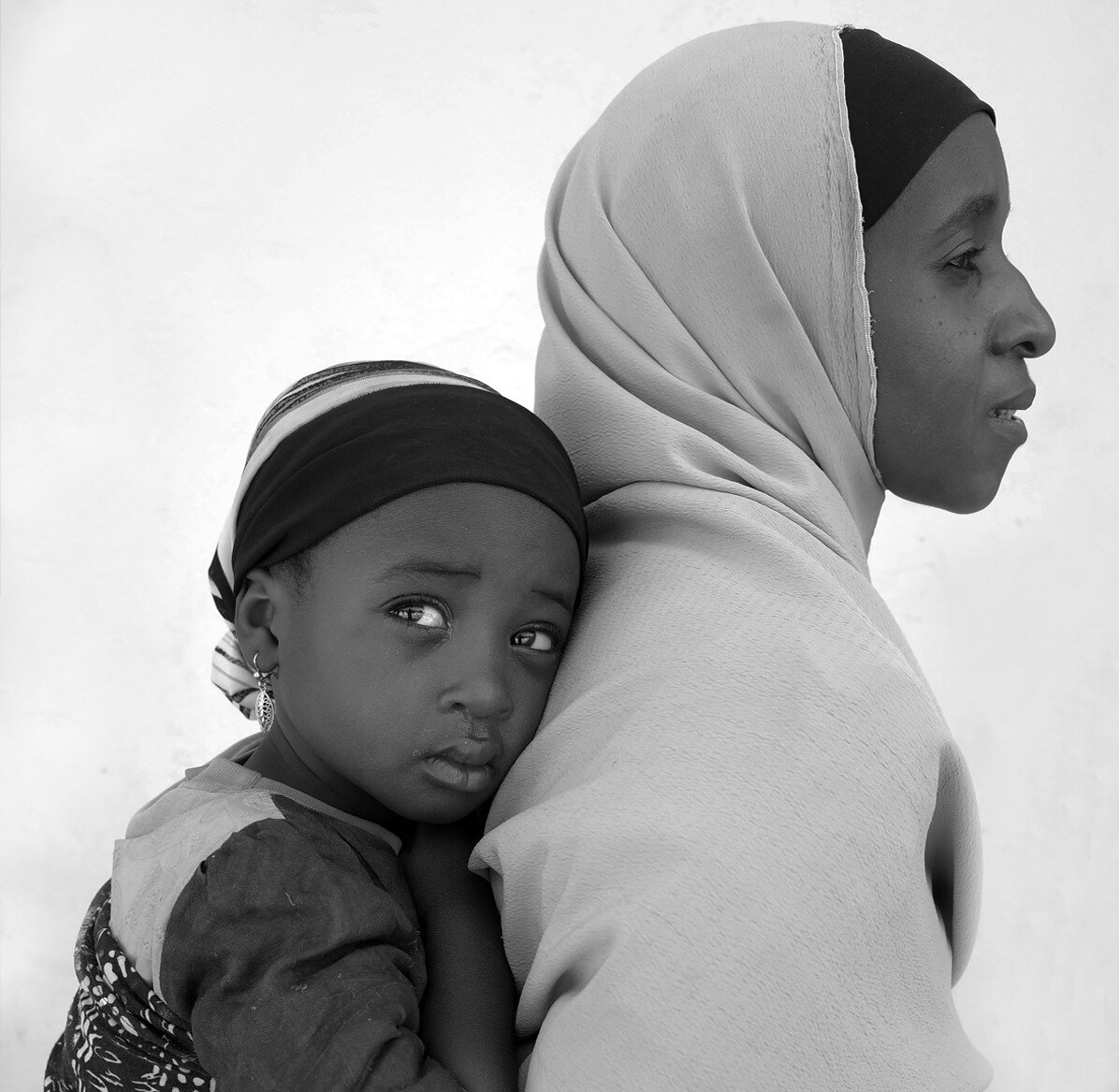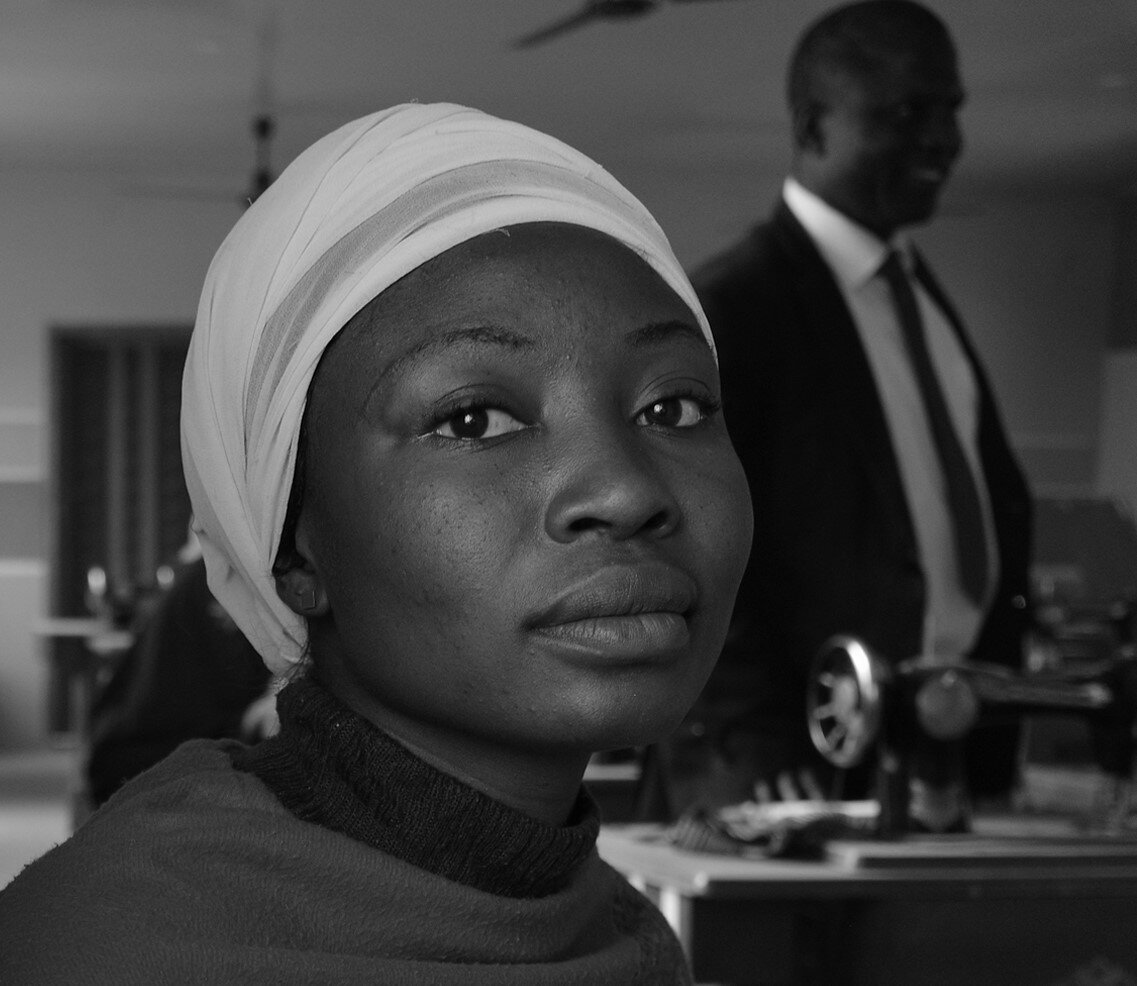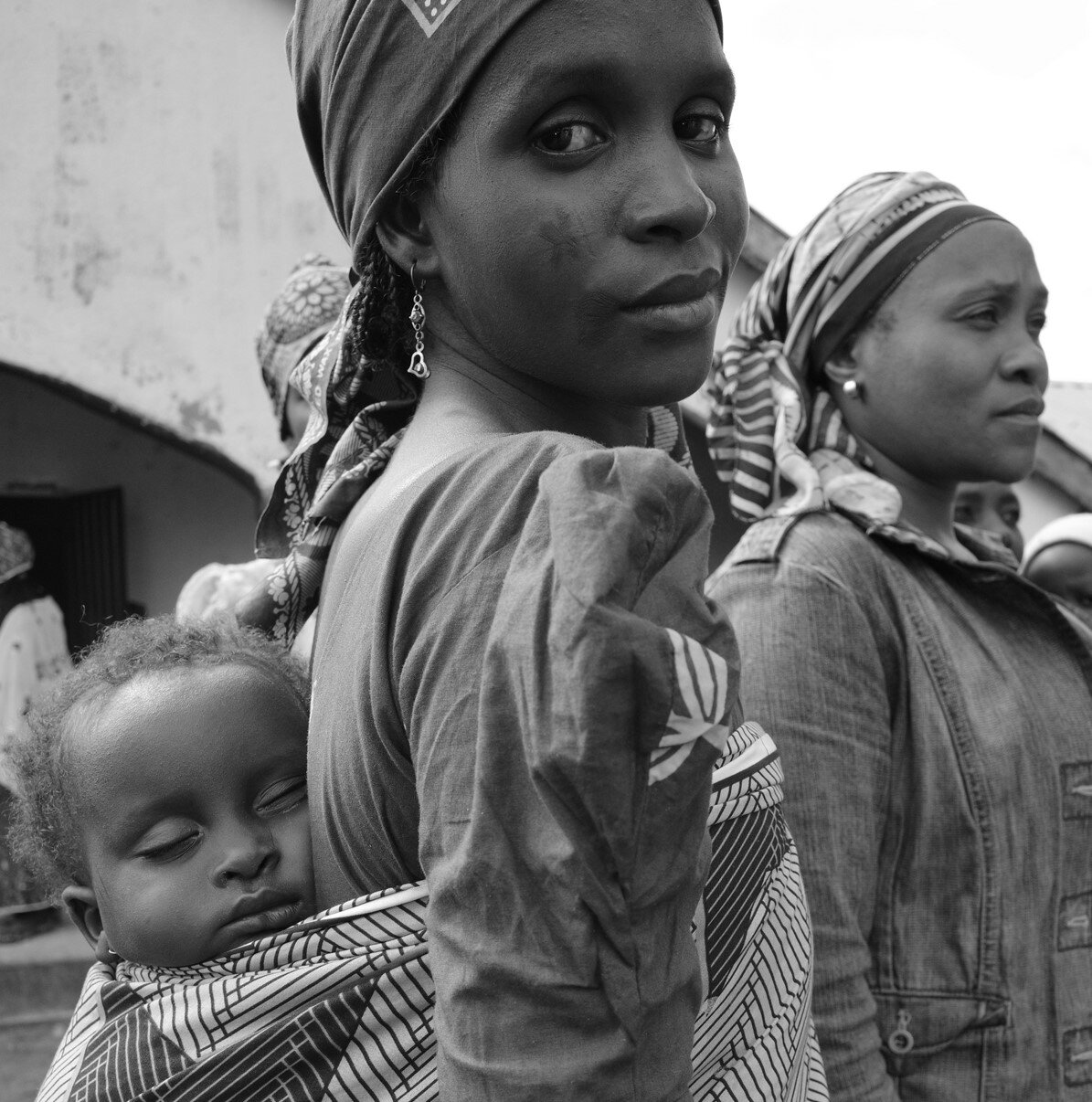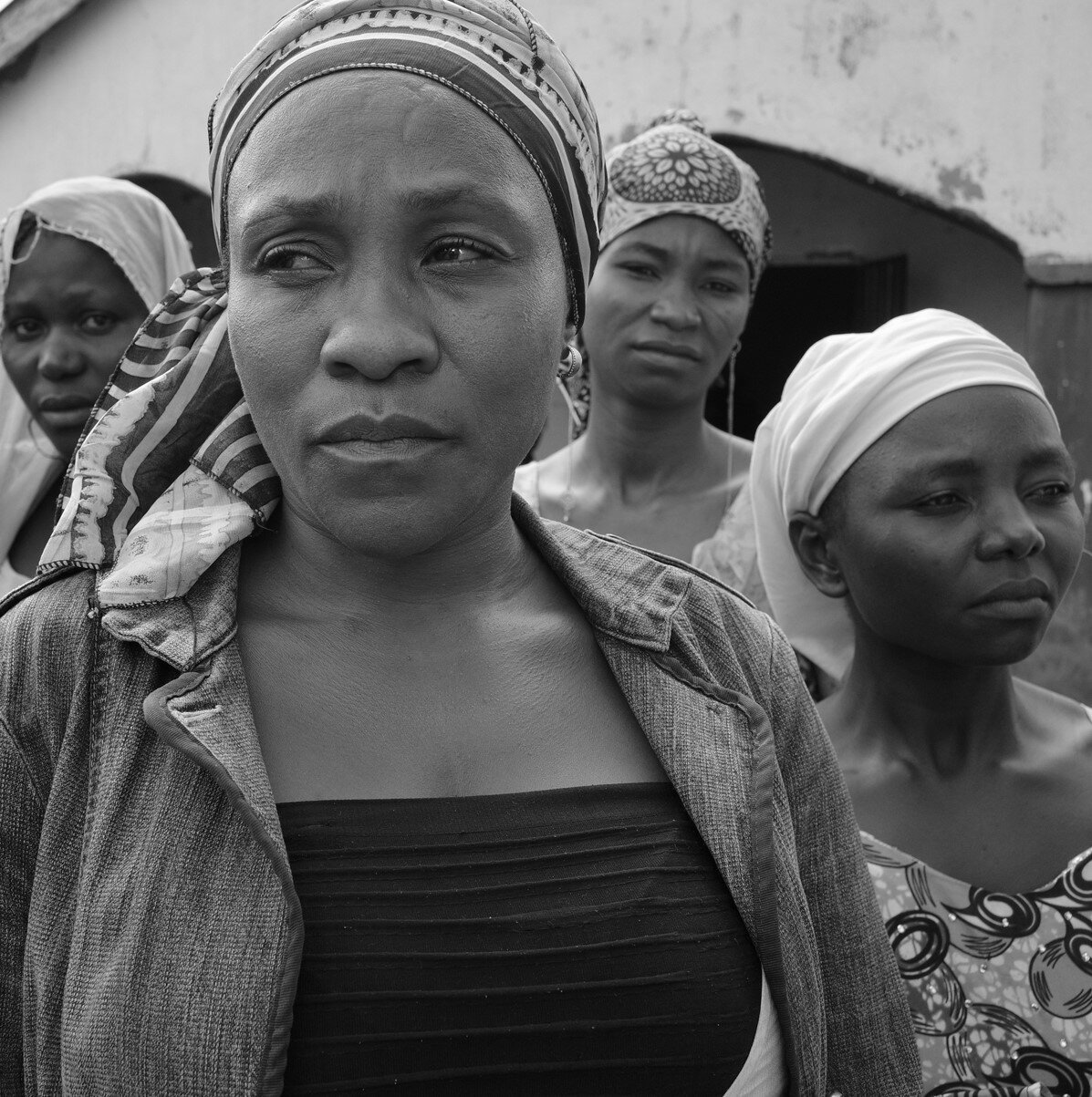

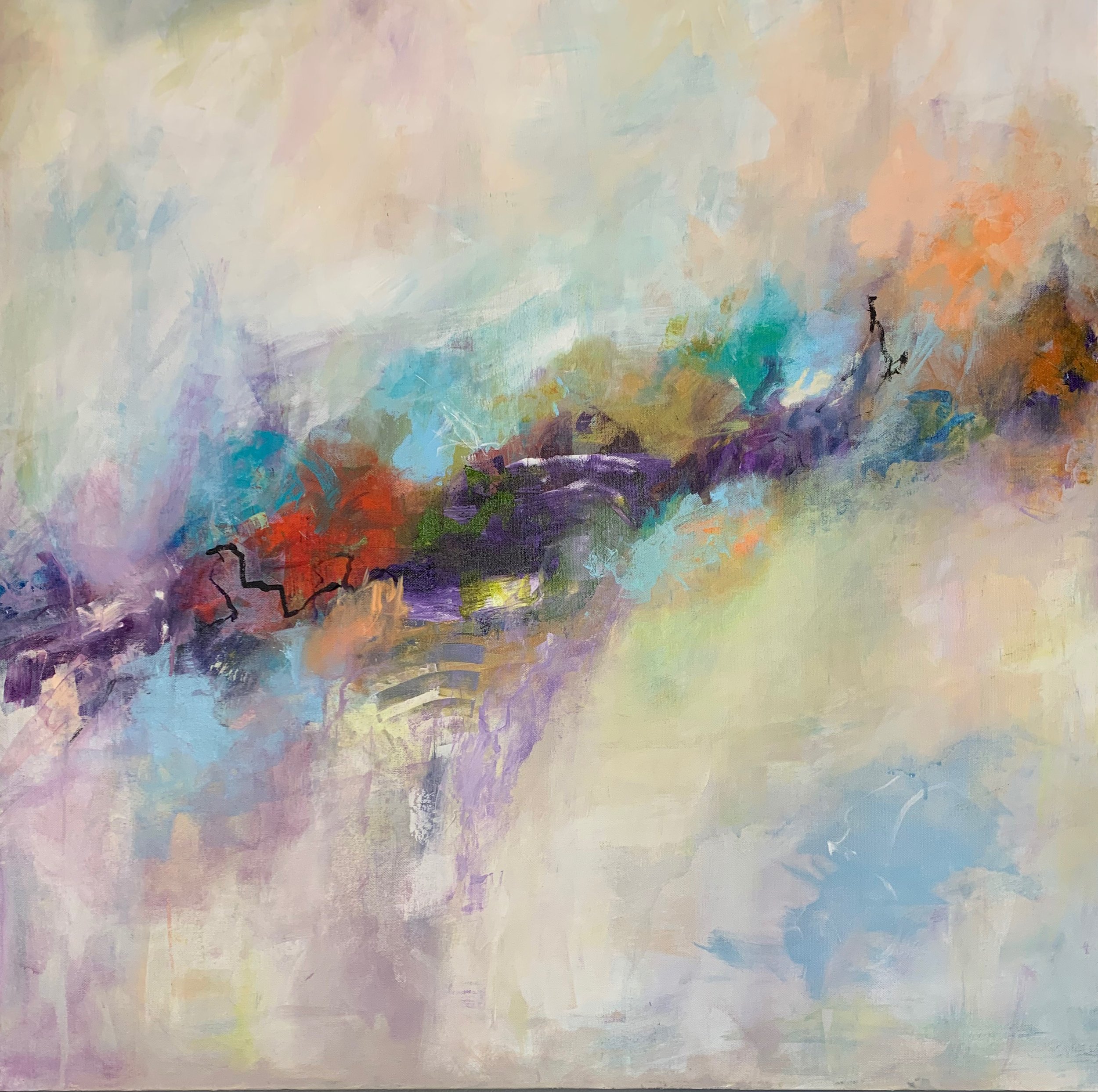
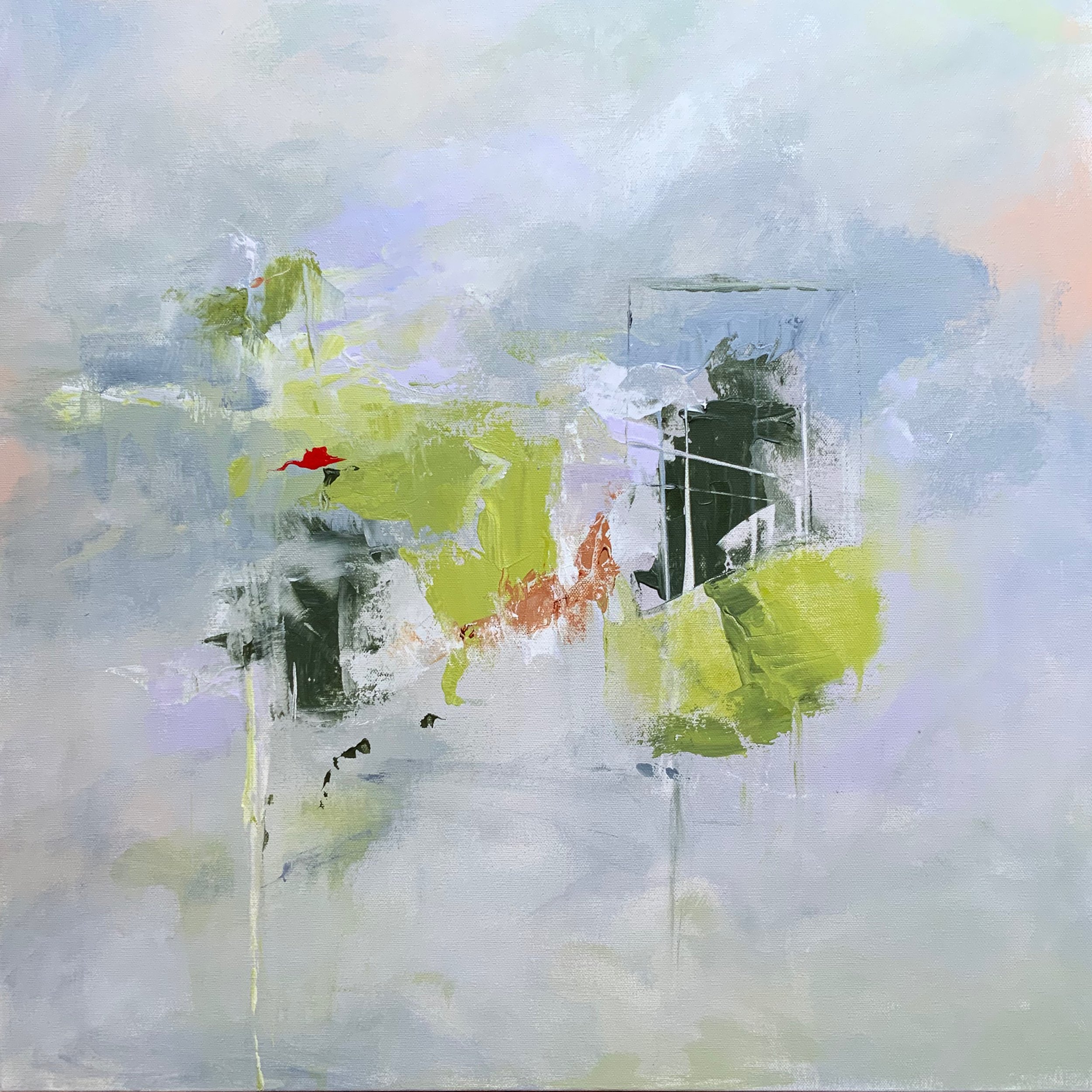
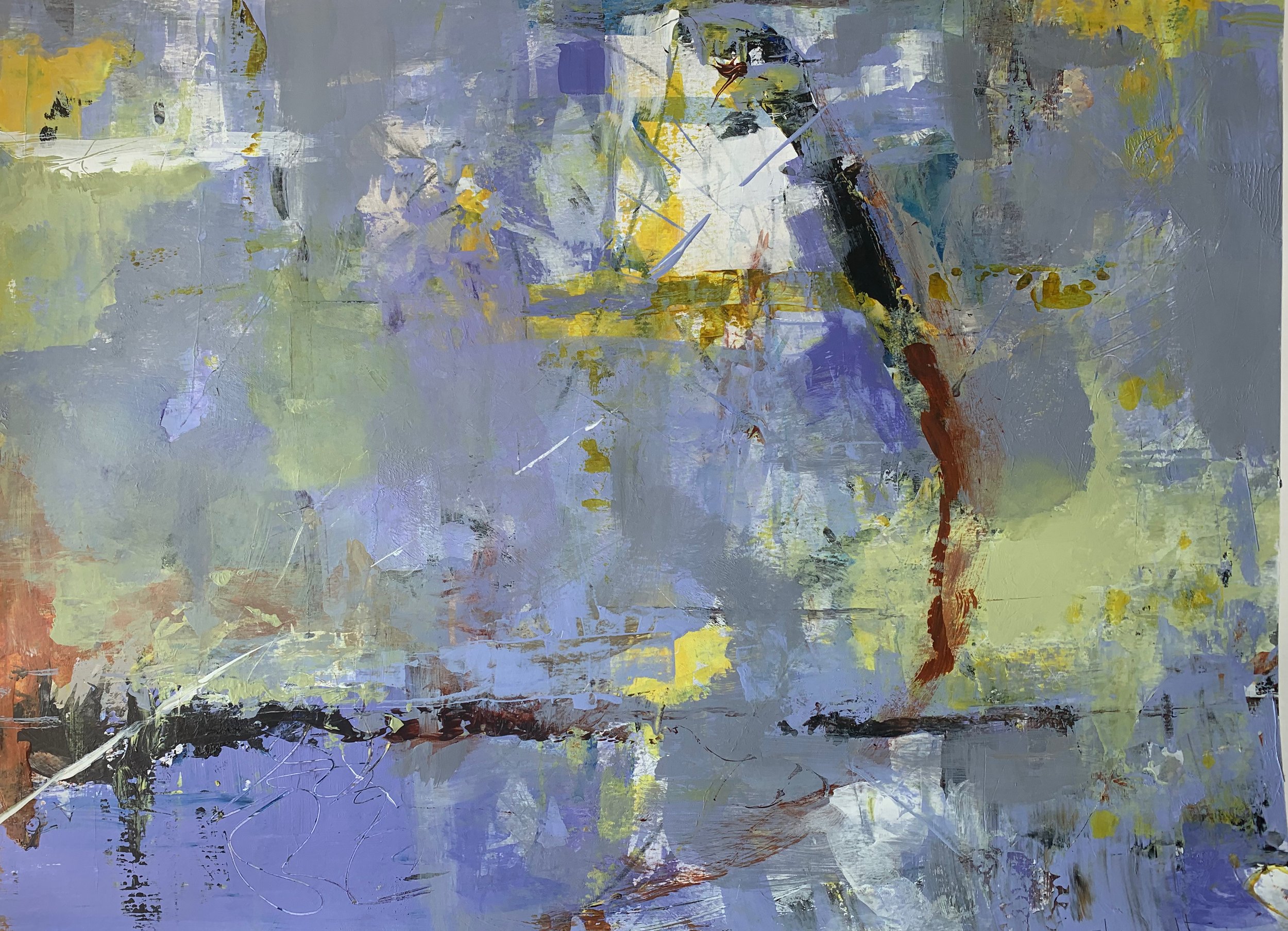
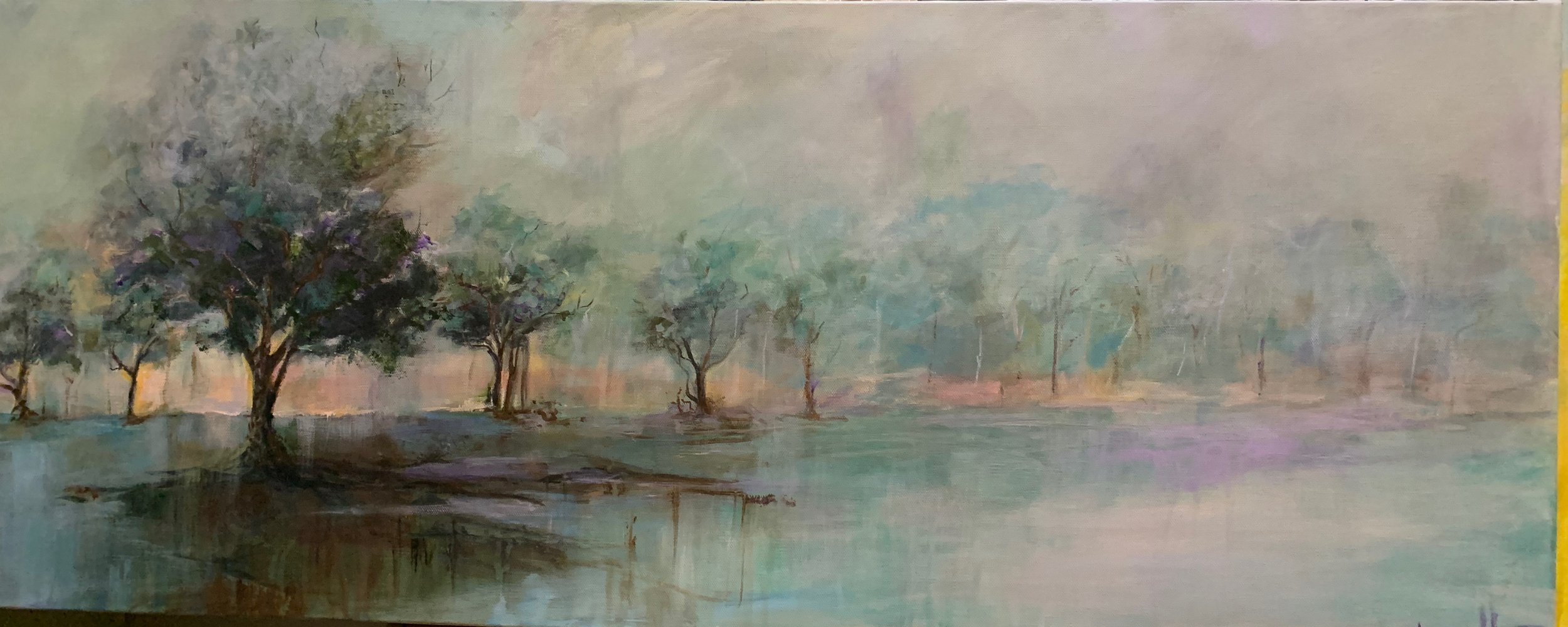

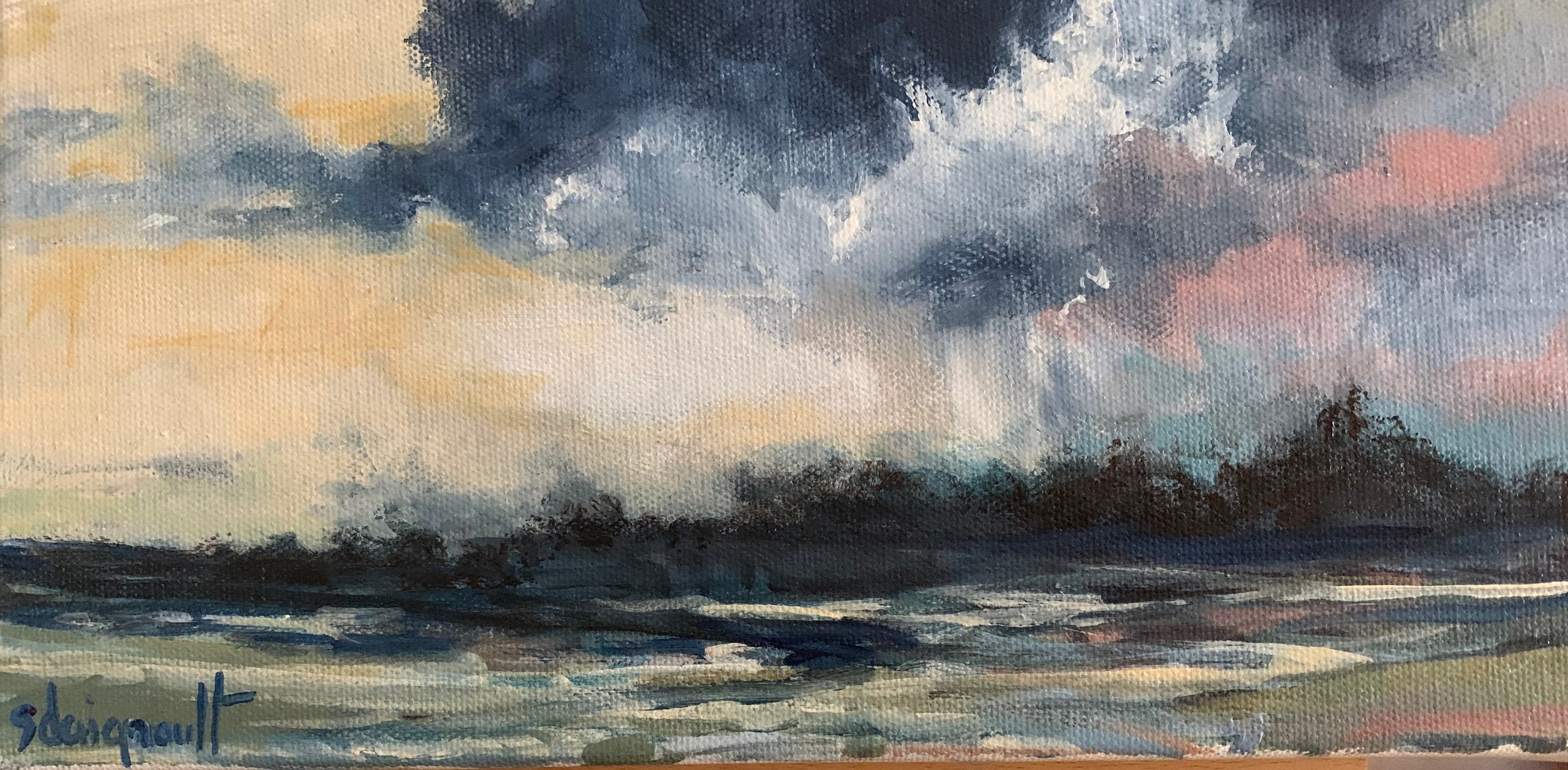

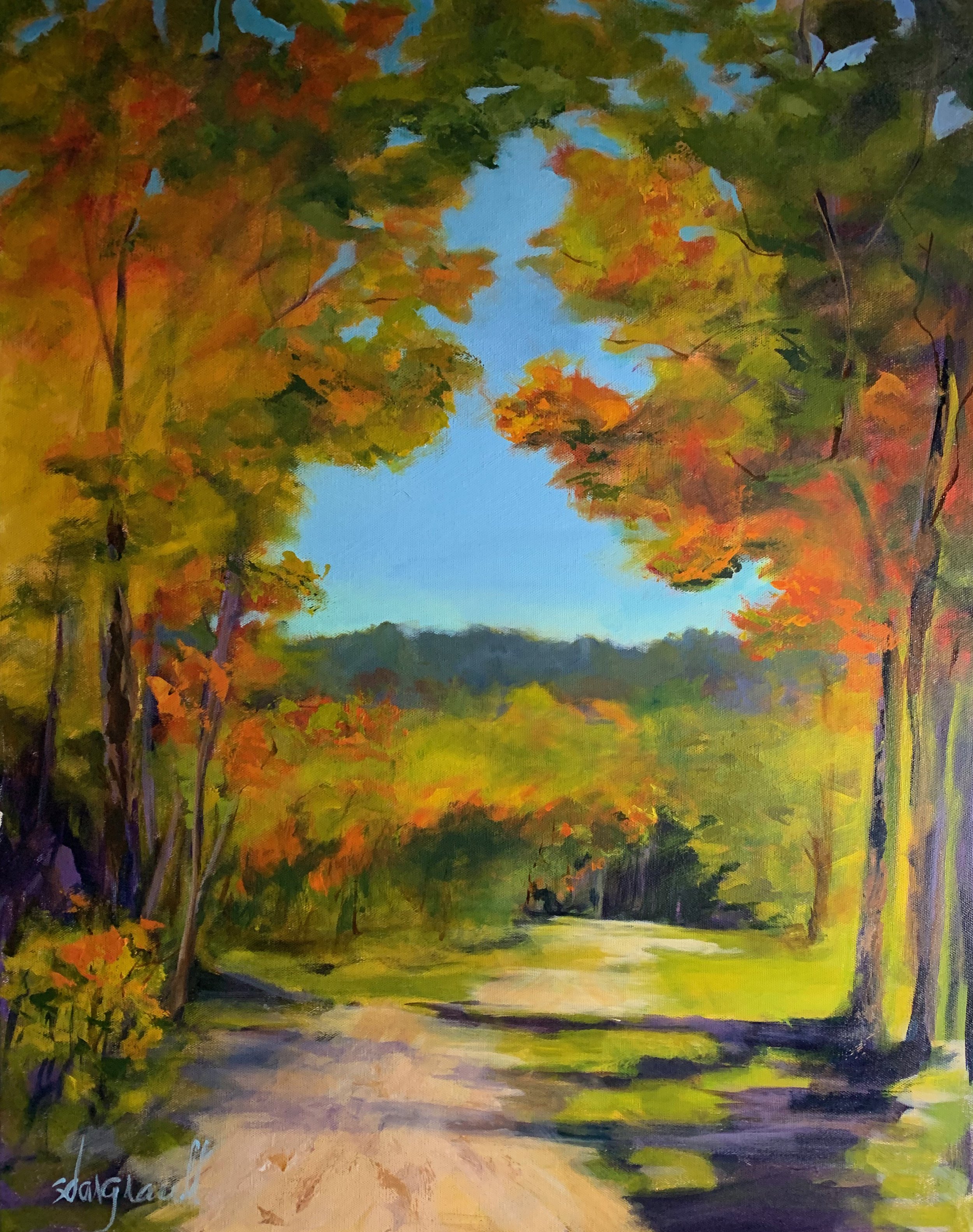
By Water, Air & Fire: Artists Explore Environmental Issues
Exhibit Dates: August 20-December 31, 2023
ANITA BALKUN | MARSHA BORDEN | ZOE MATTHEISSEN
















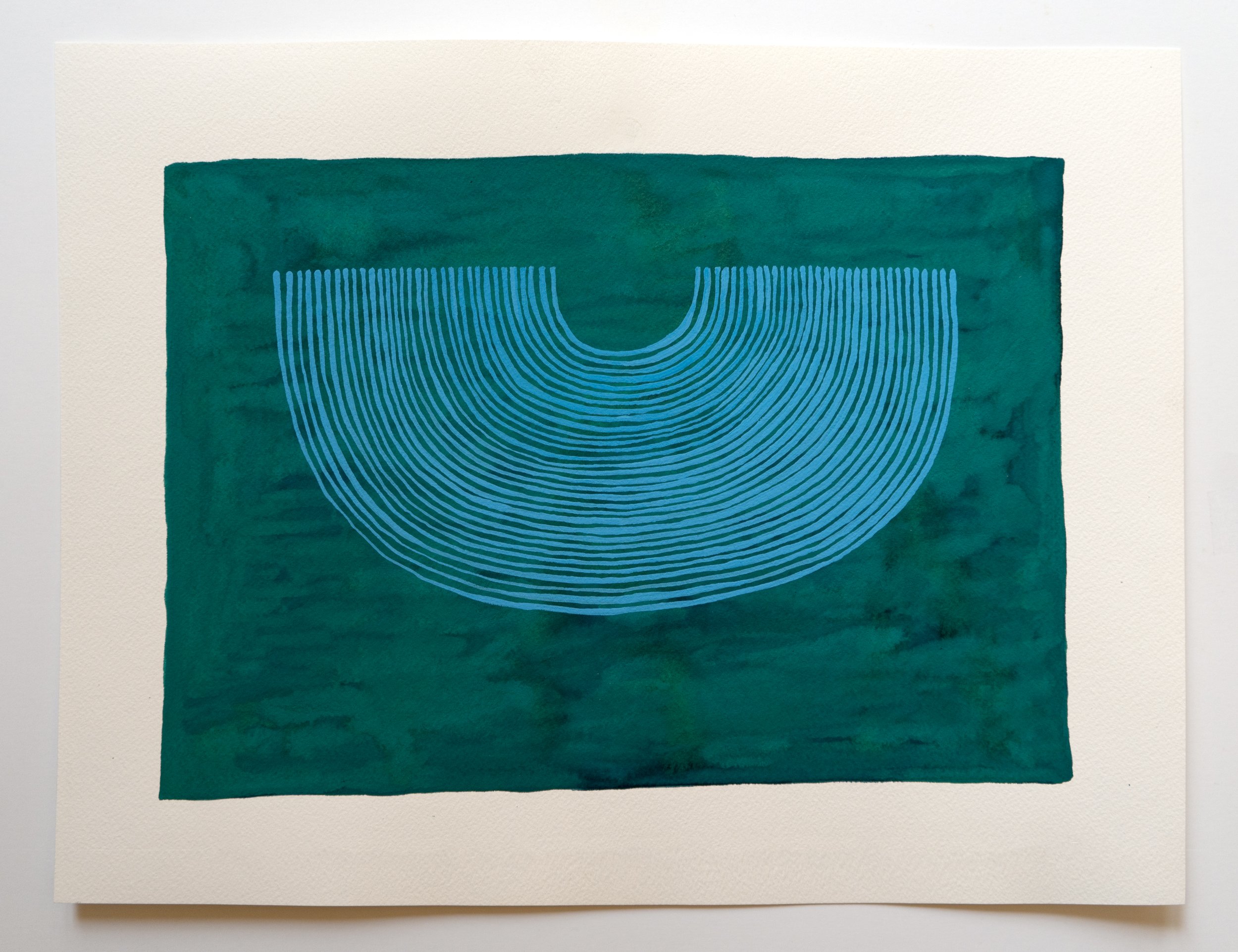
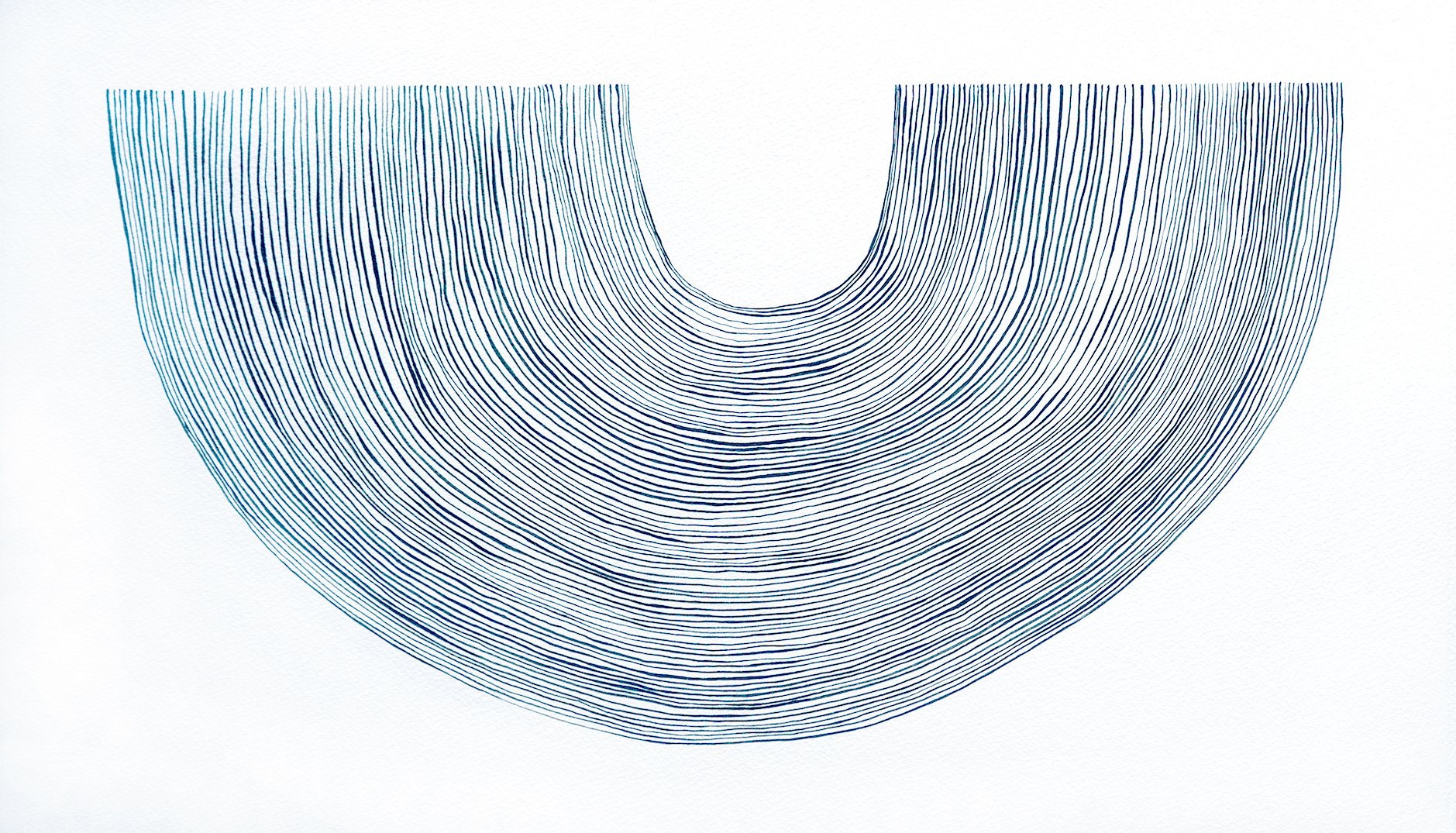
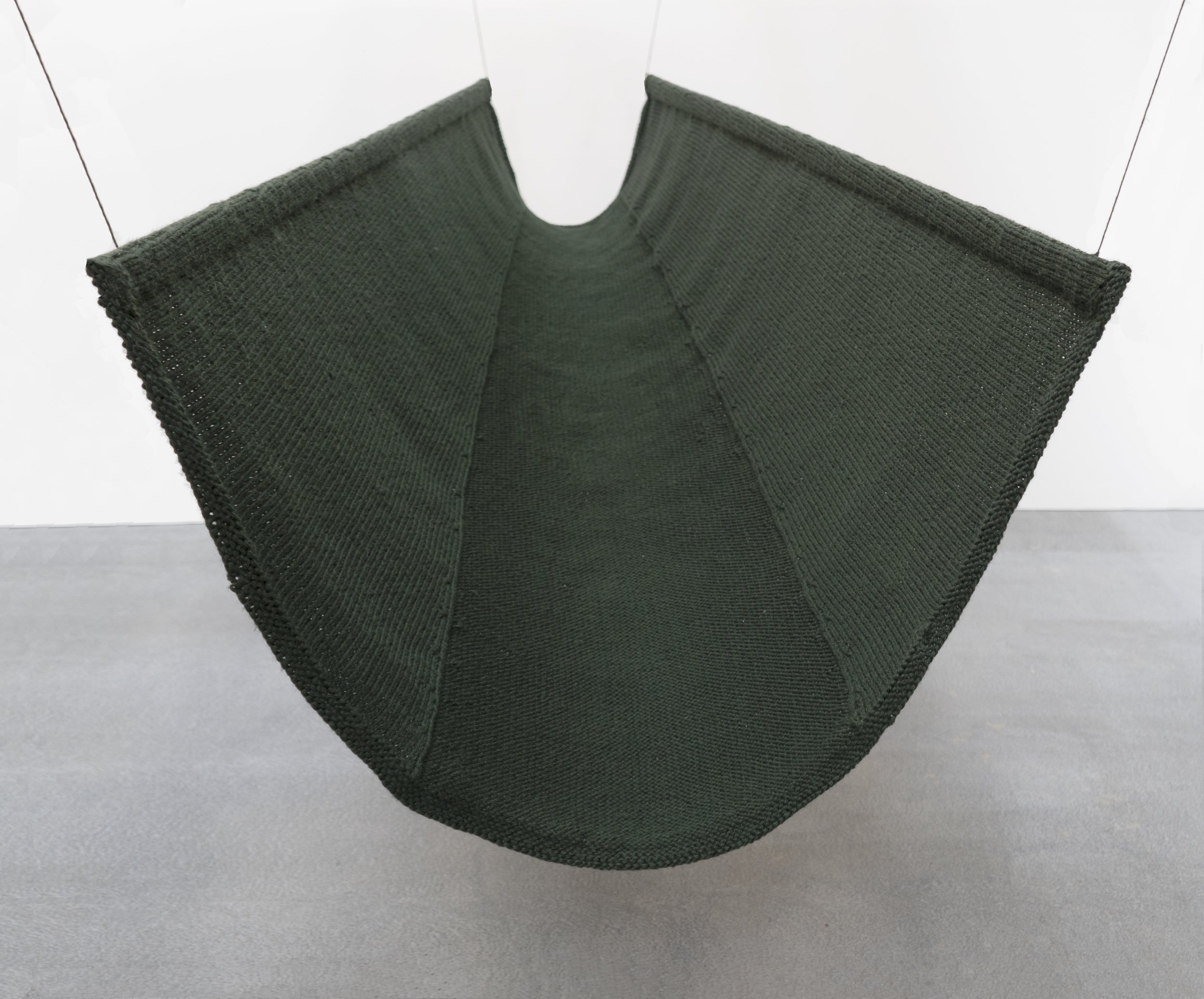
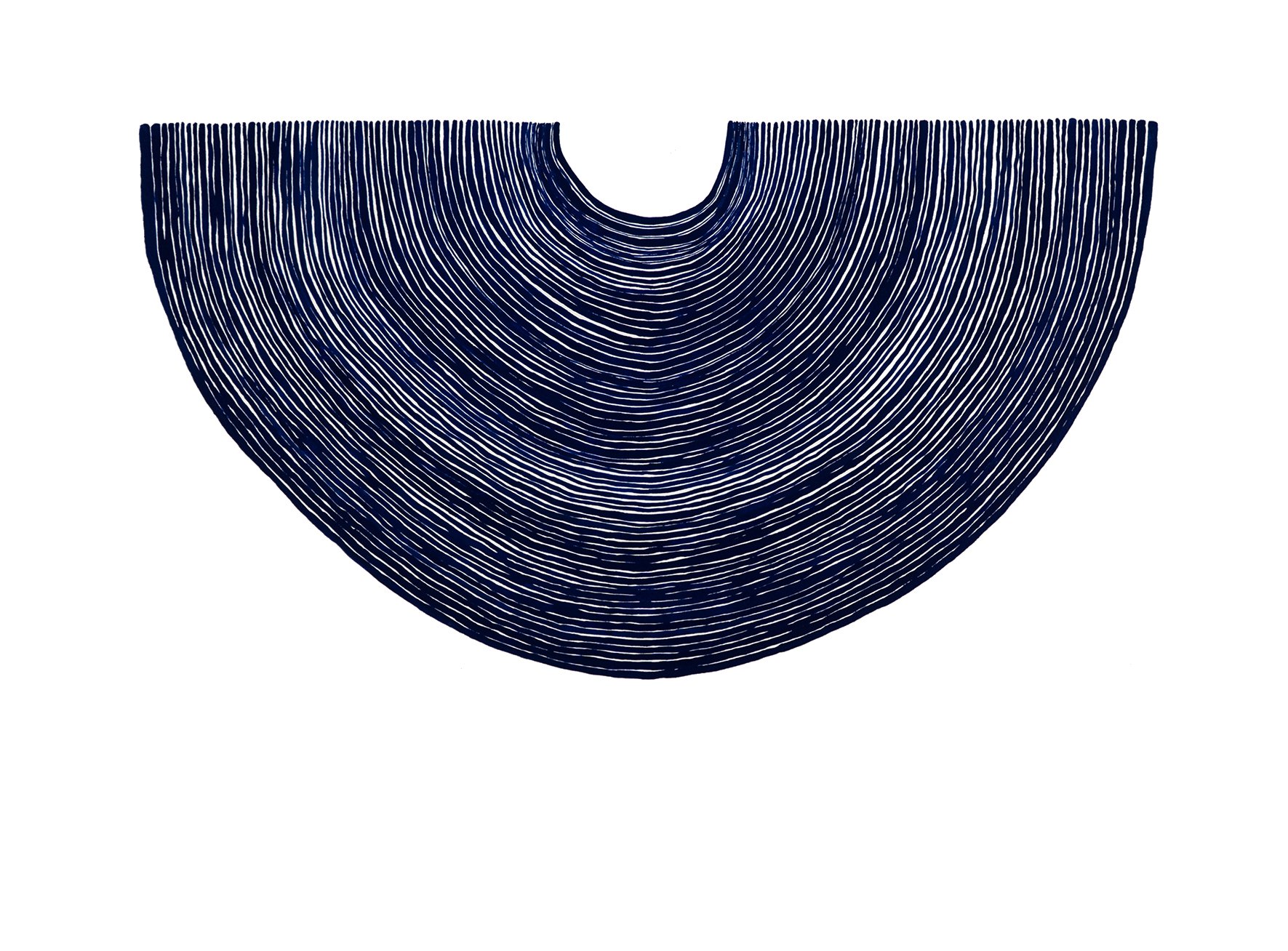
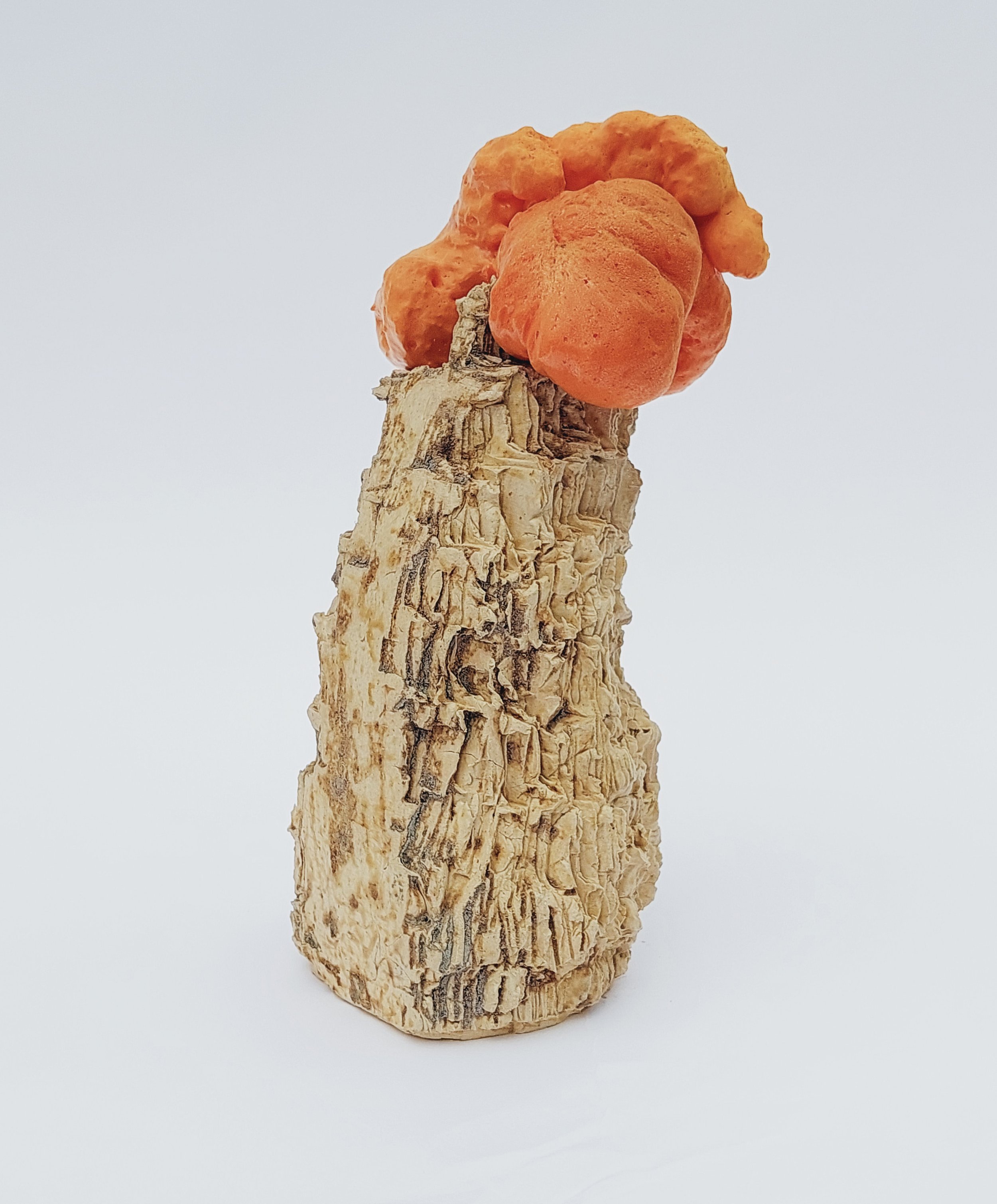
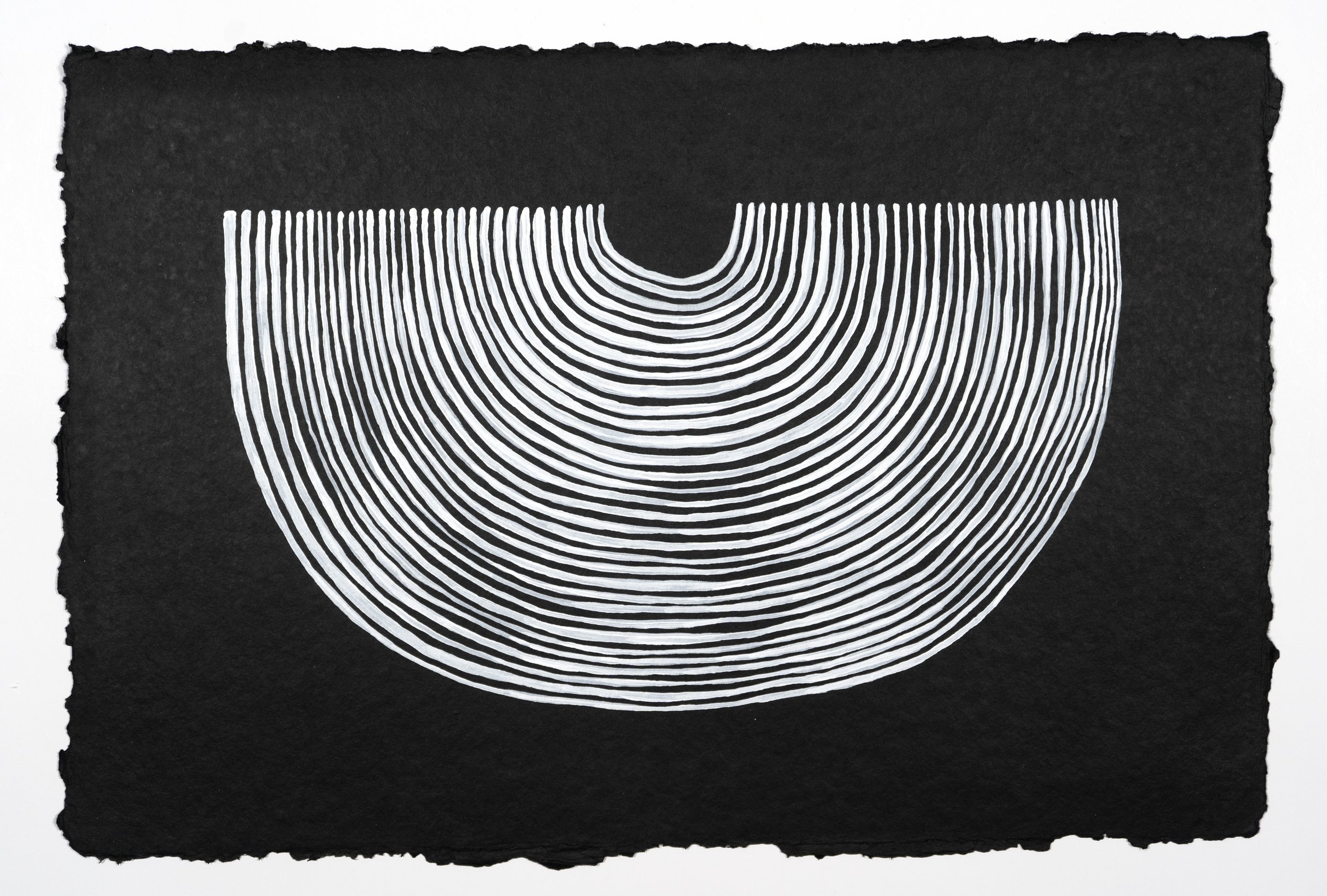
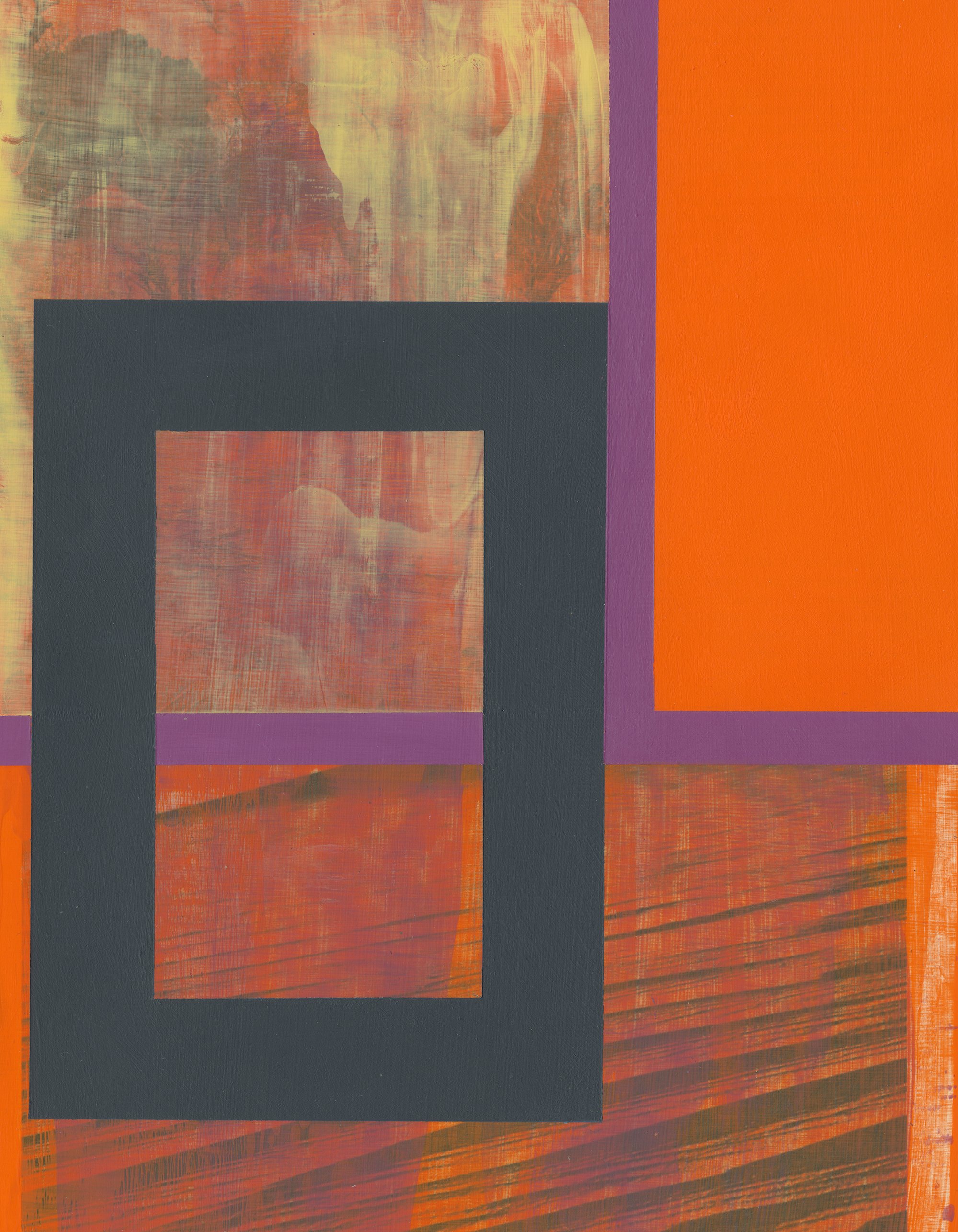
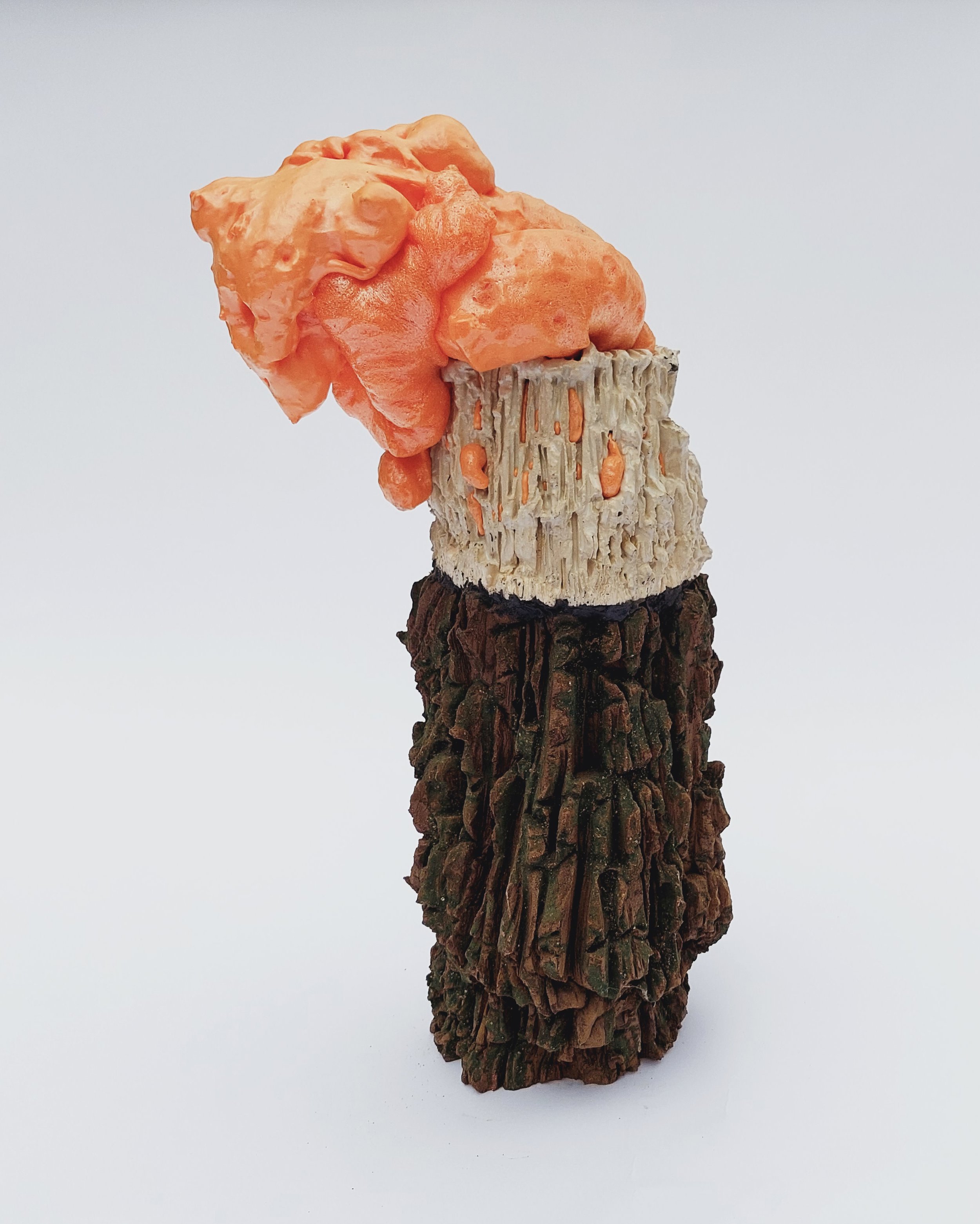
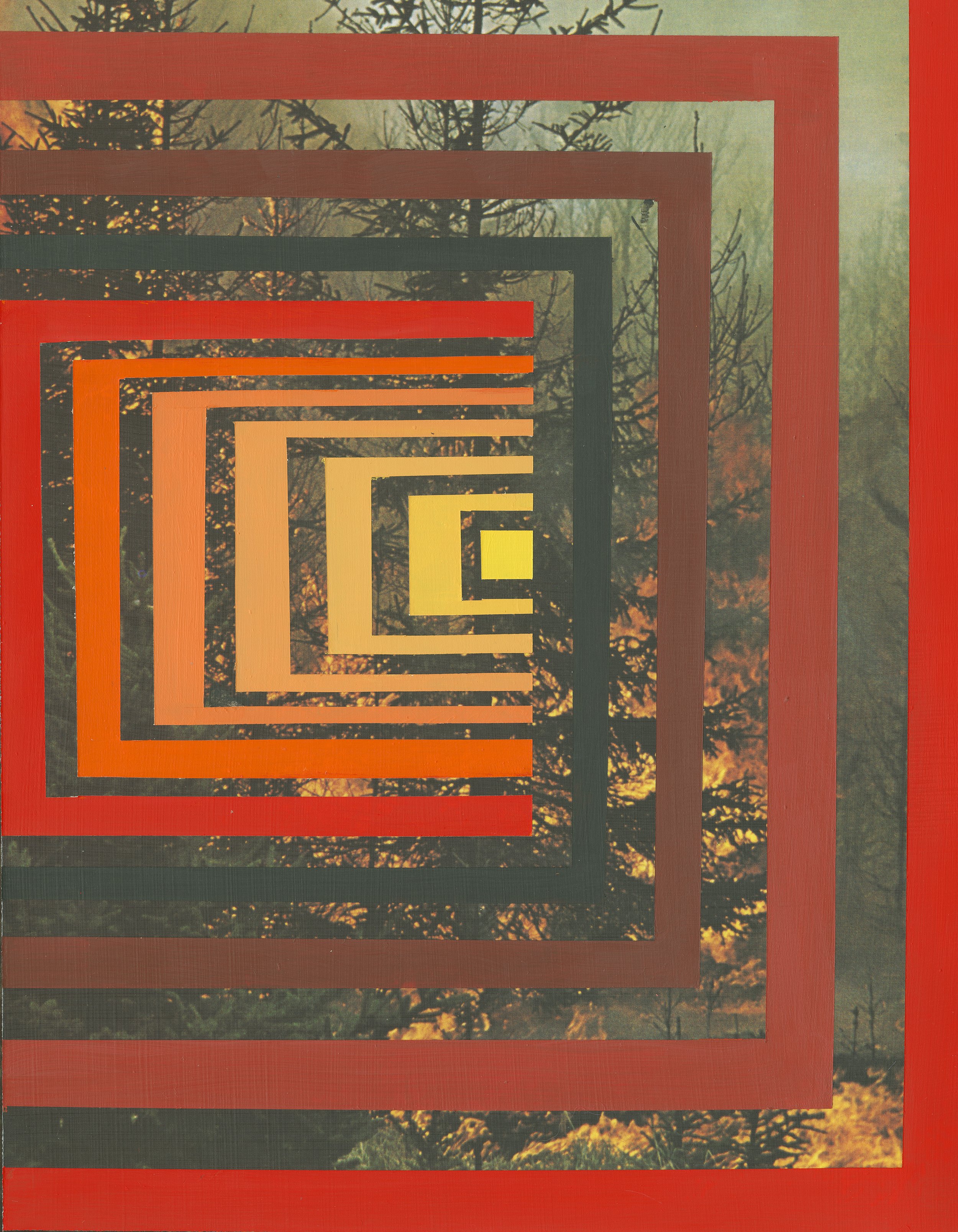
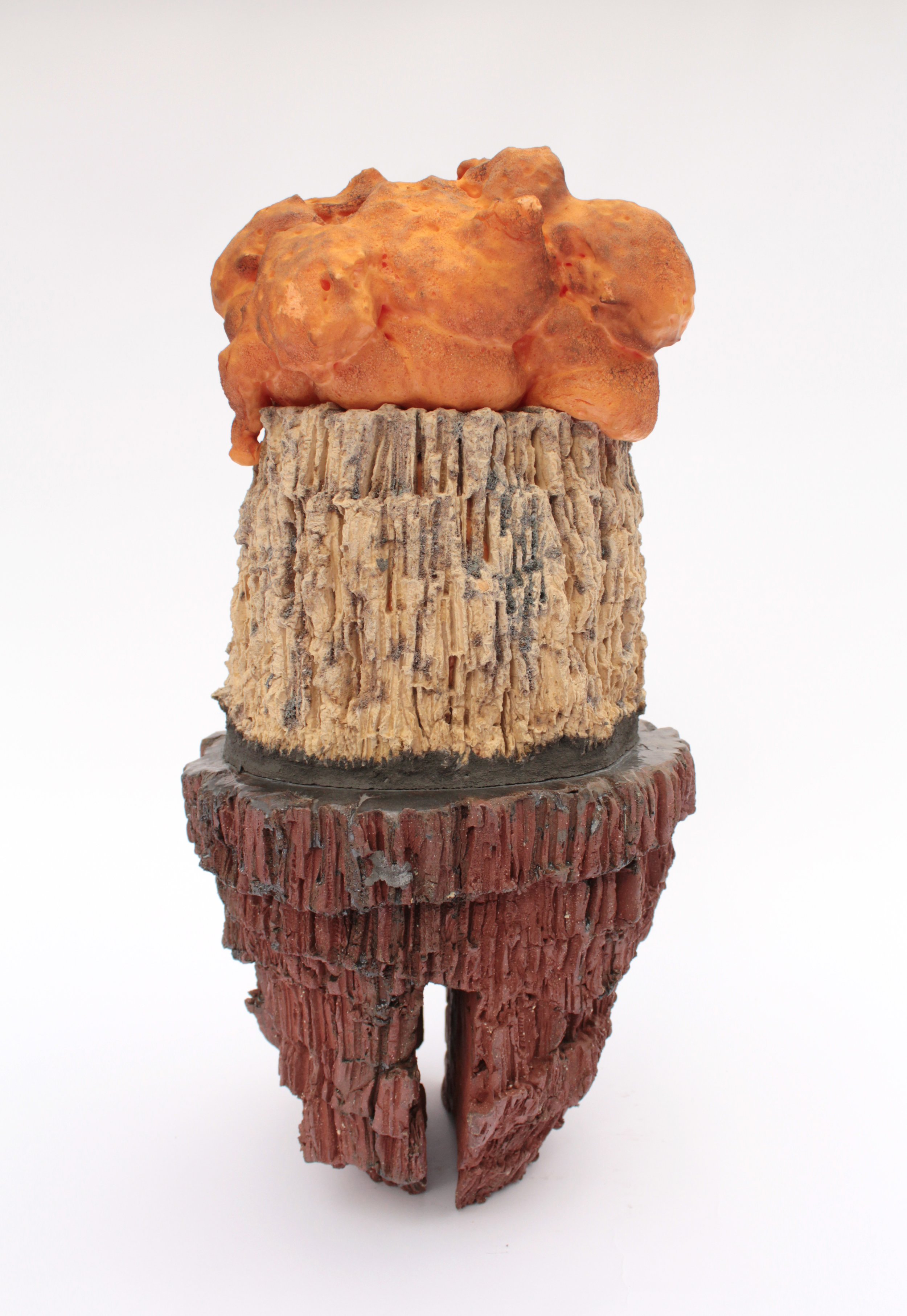
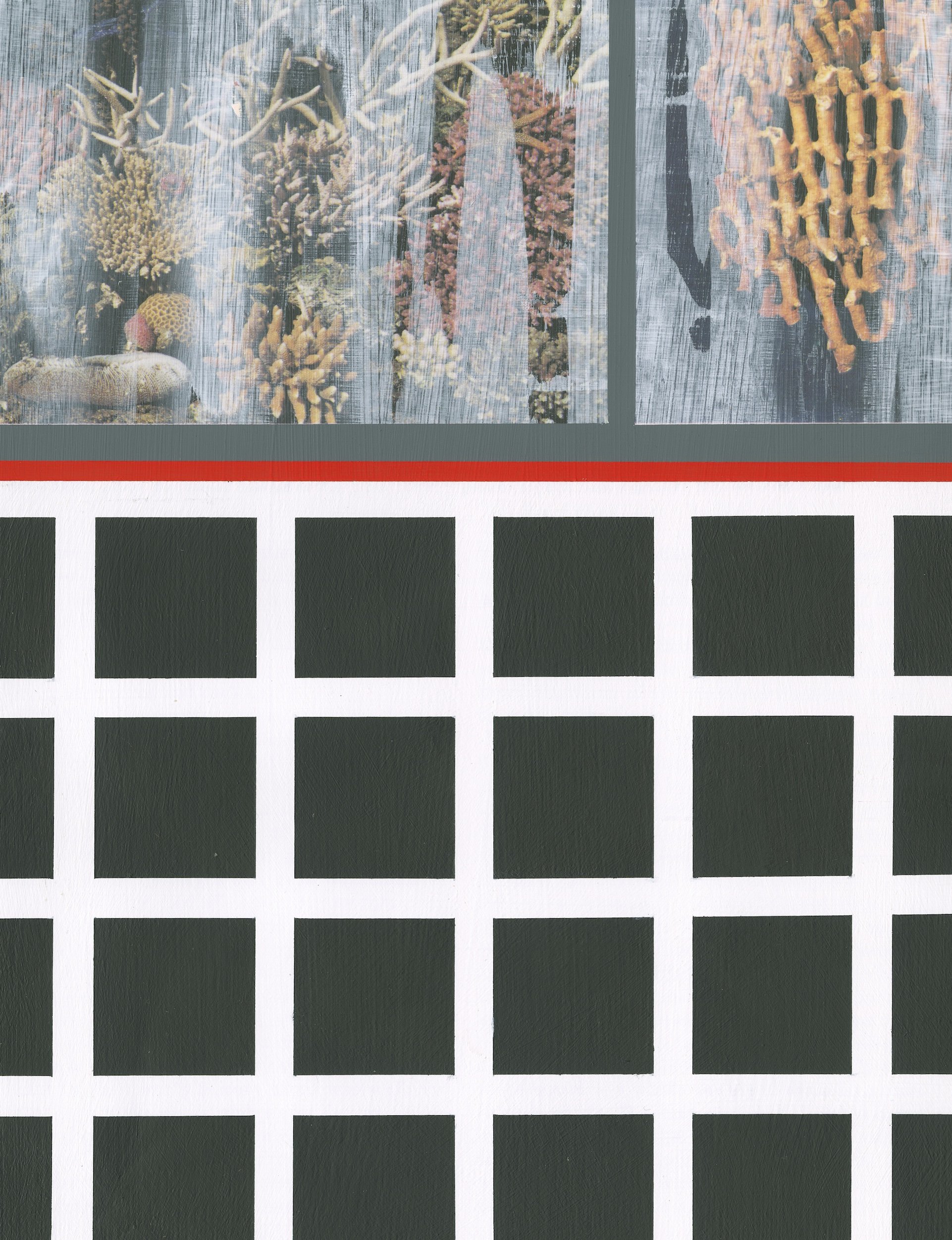
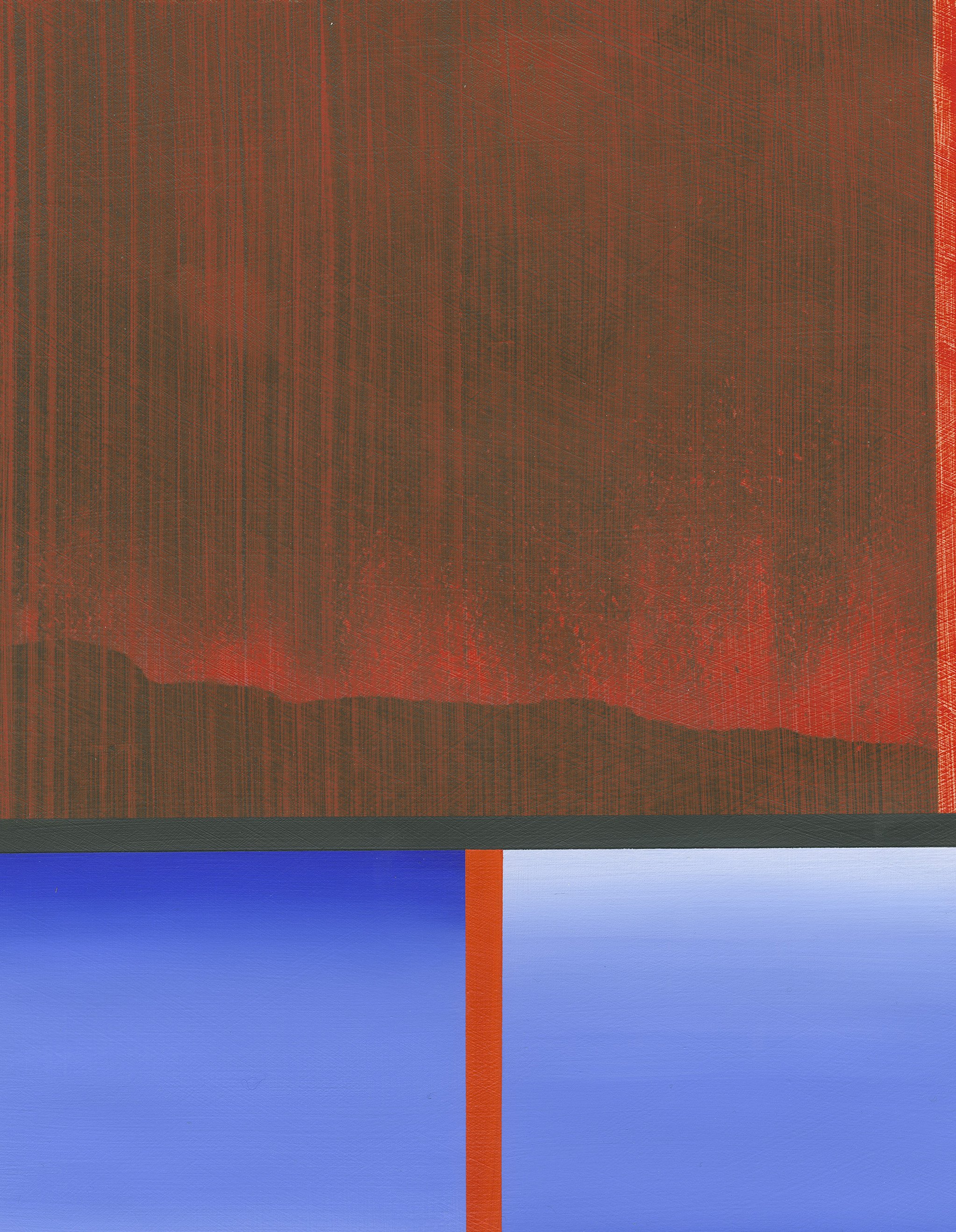
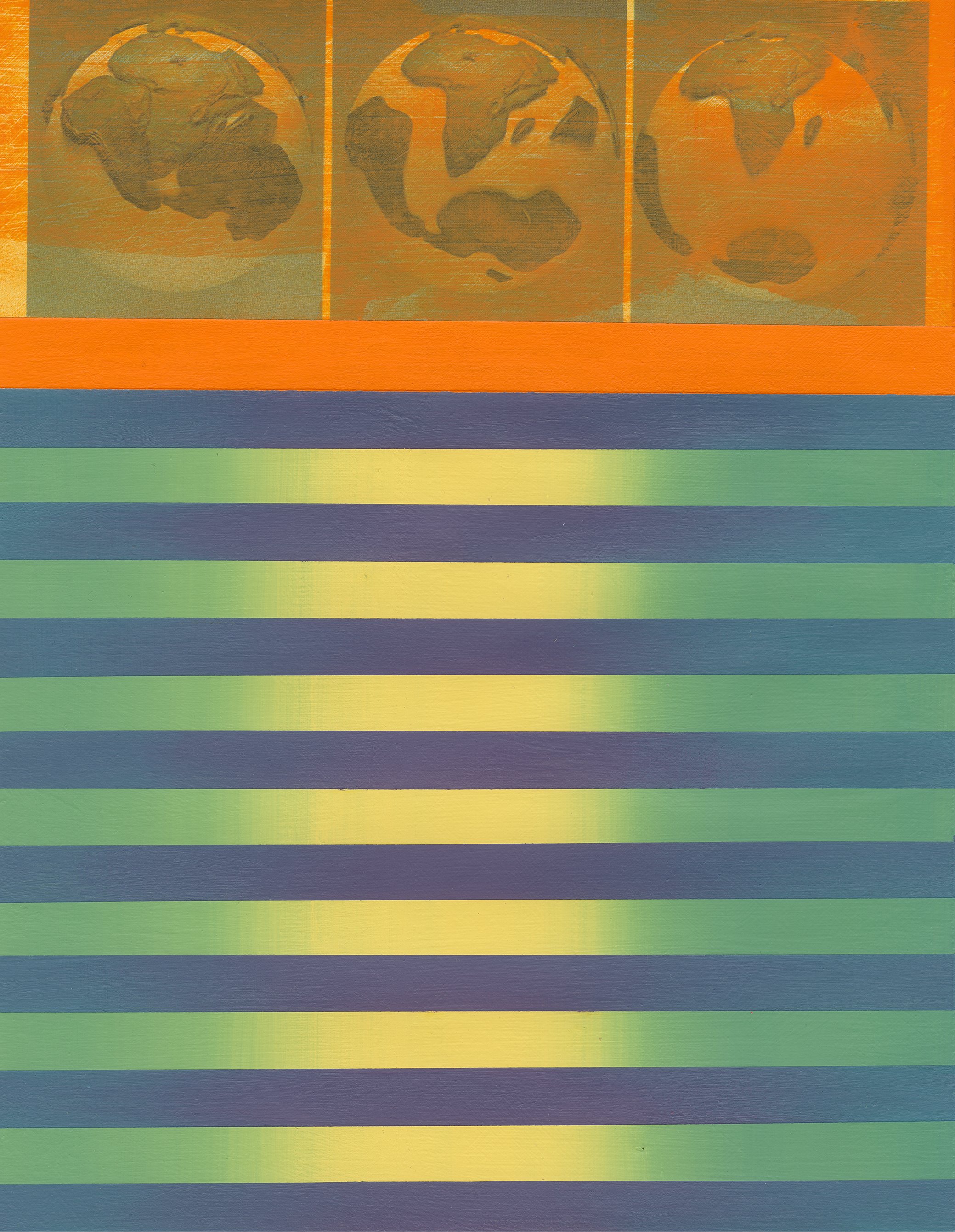
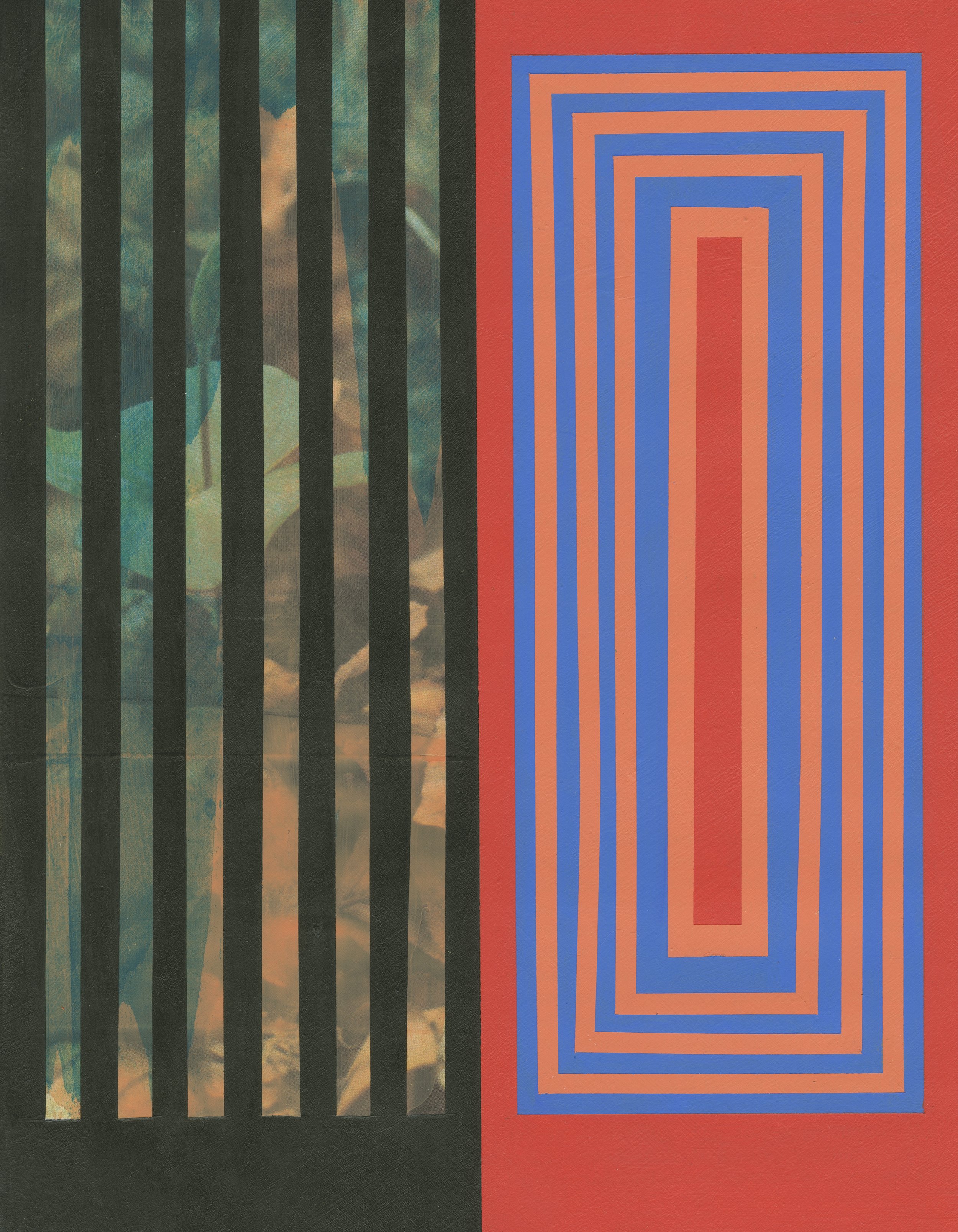
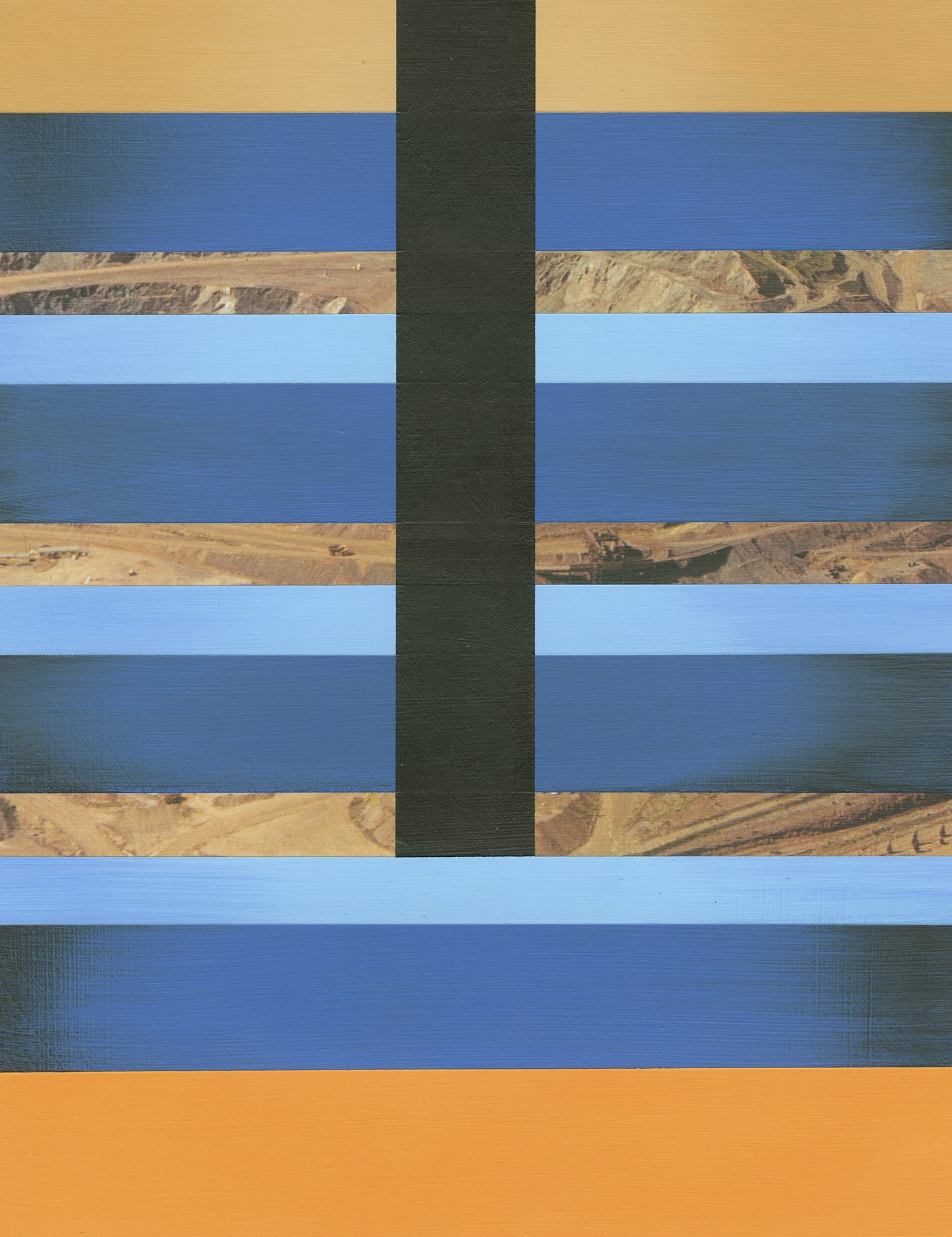
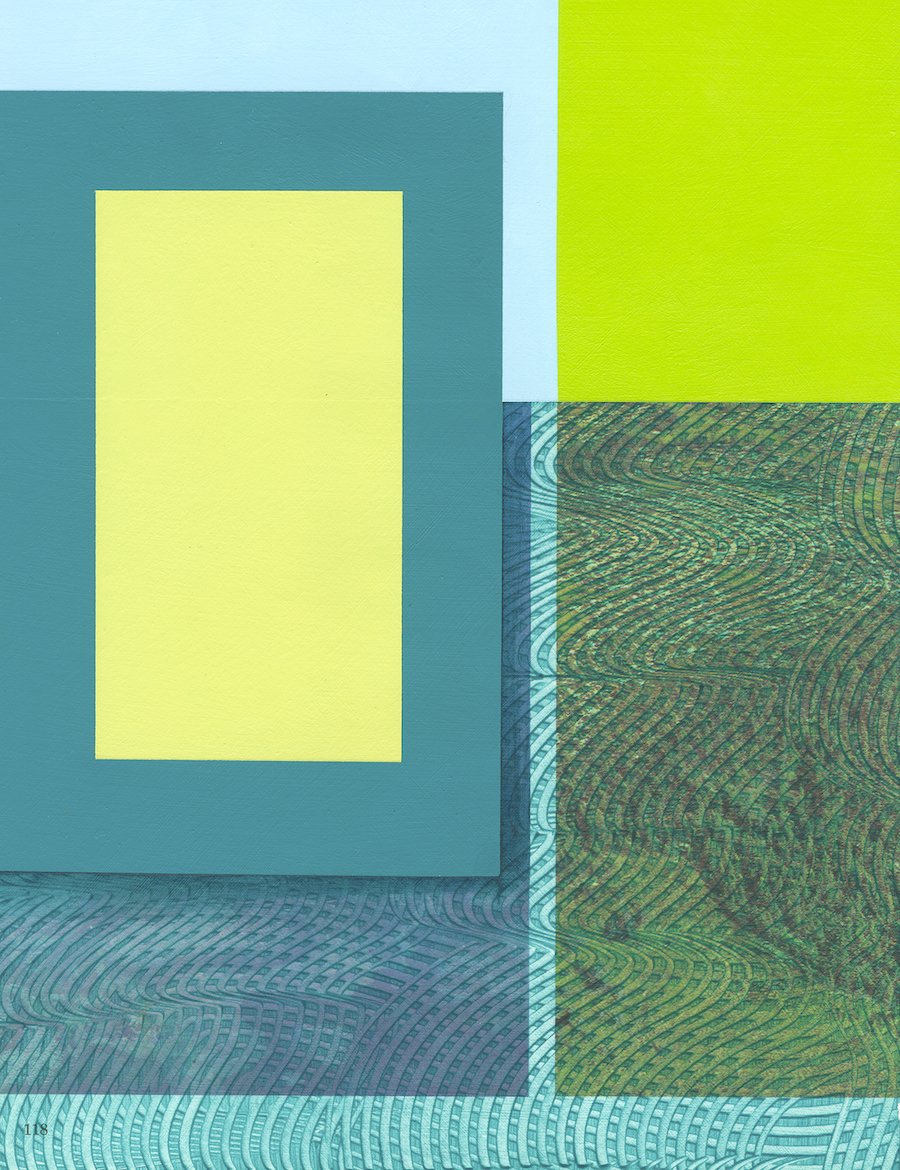
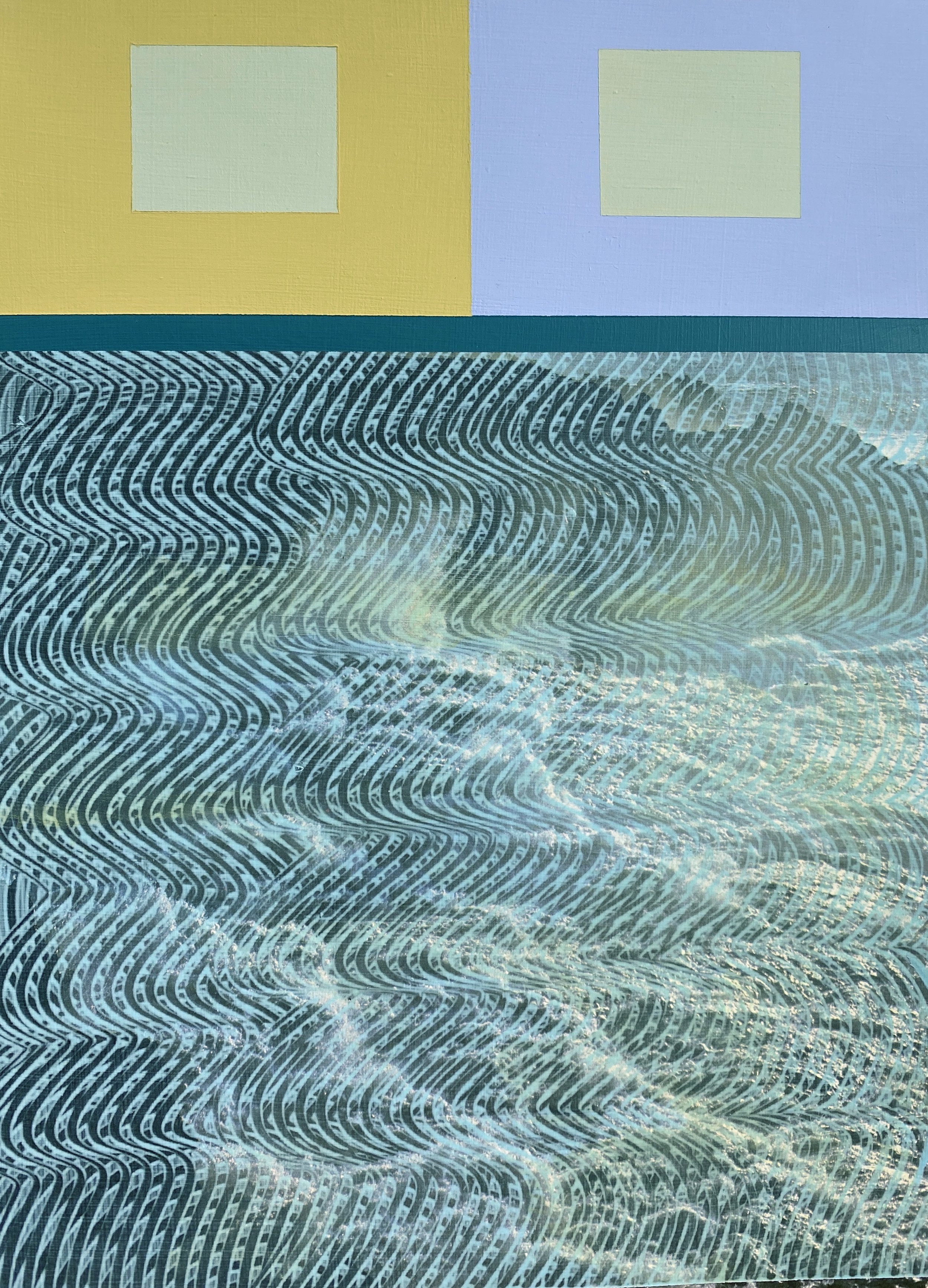

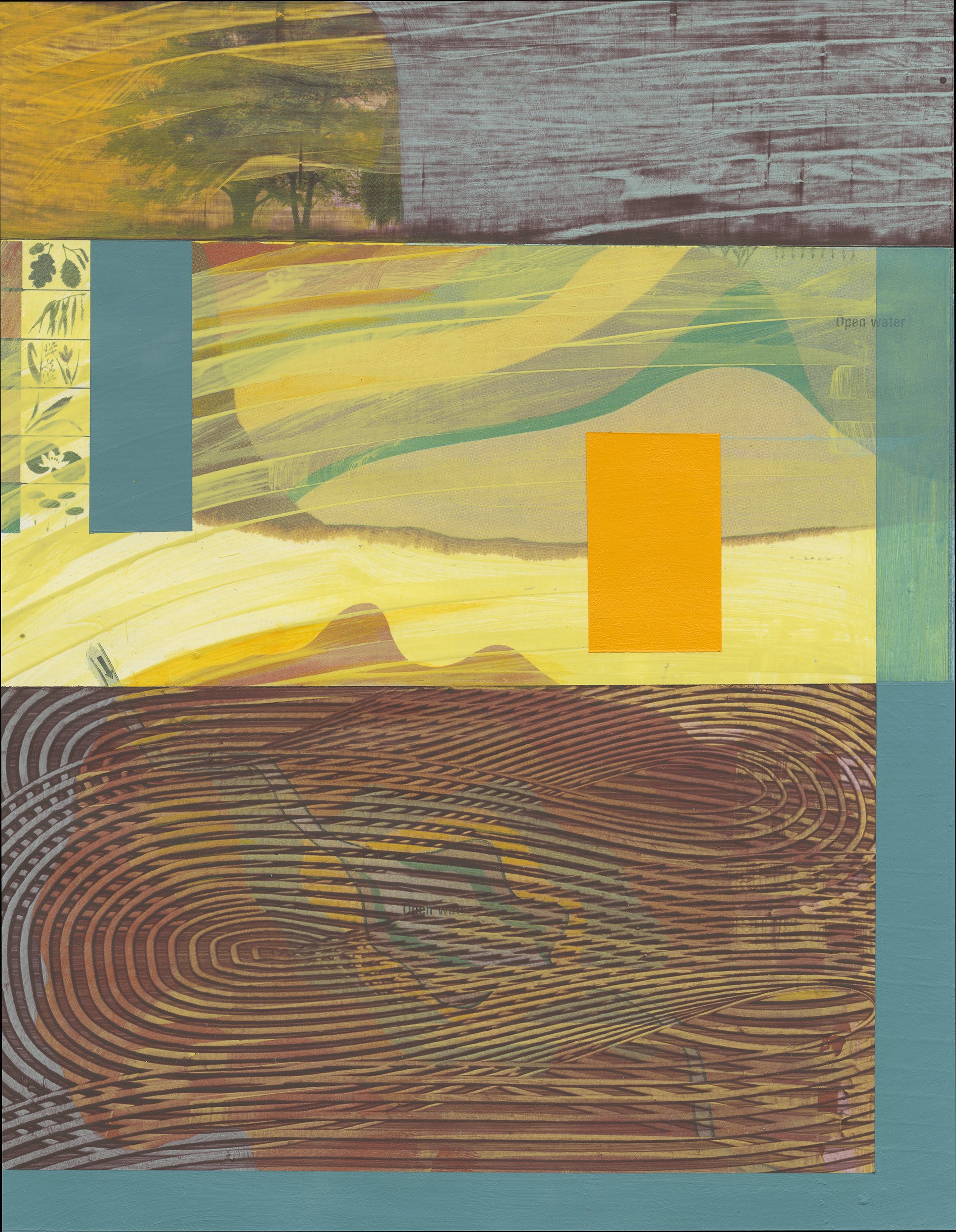
By Water, Air & Fire: Artists Explore Environmental Issues
EXHIBITION DATES: JANUARY 21- MARCH 17, 2023
Richard Gene Barbera | FRITZ HORSTMAN
Iain Machell | Timothy McDowell
"By Water, Air & Fire: Artists Explore Environmental Issues." Several talented artists have responded to our call for entries, and the work is impressive. In Rachel Carson's words, “...natural beauty has a necessary place in the spiritual development of any individual or any society." As artists interpret the beauty of – and threats to – our natural world and society, we look forward to a rich and enlightening series of exhibits.


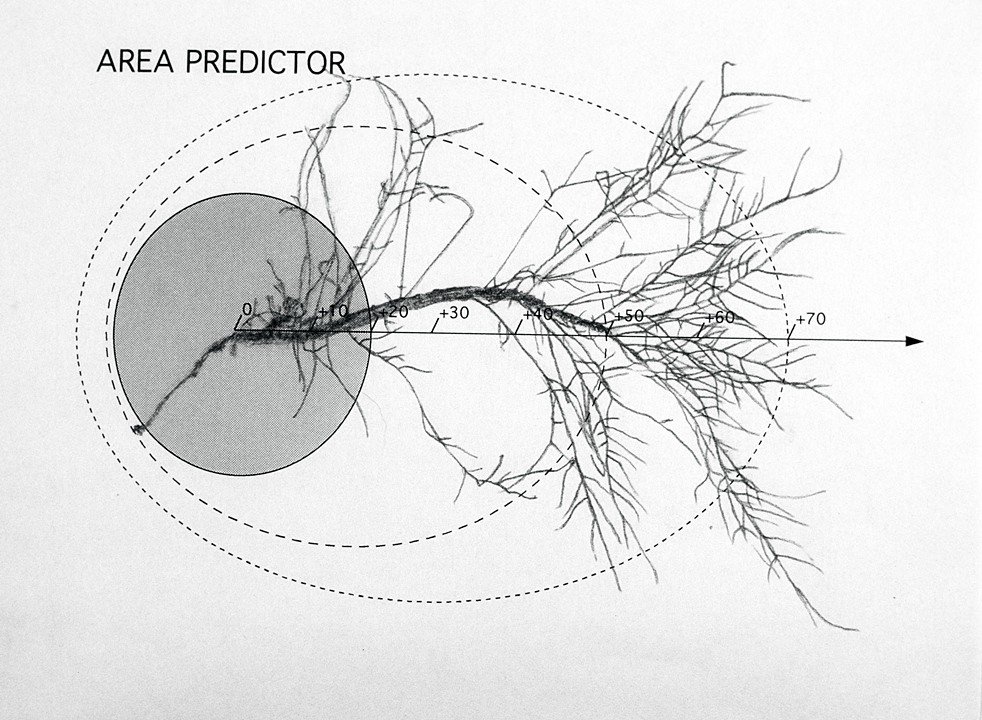
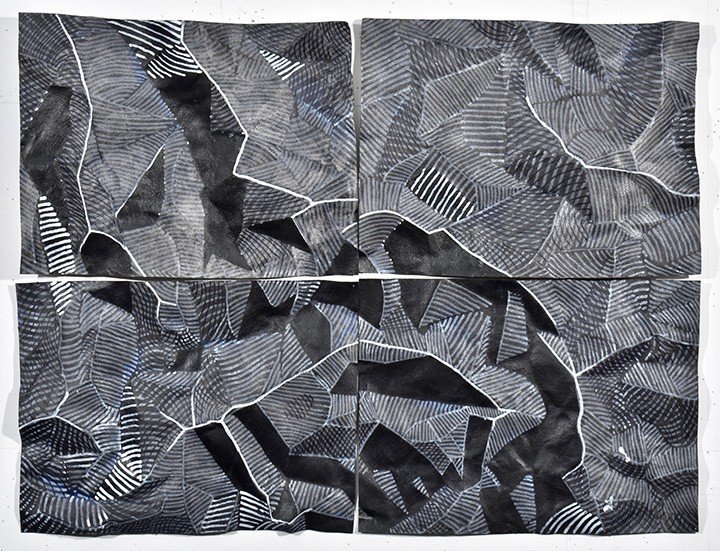
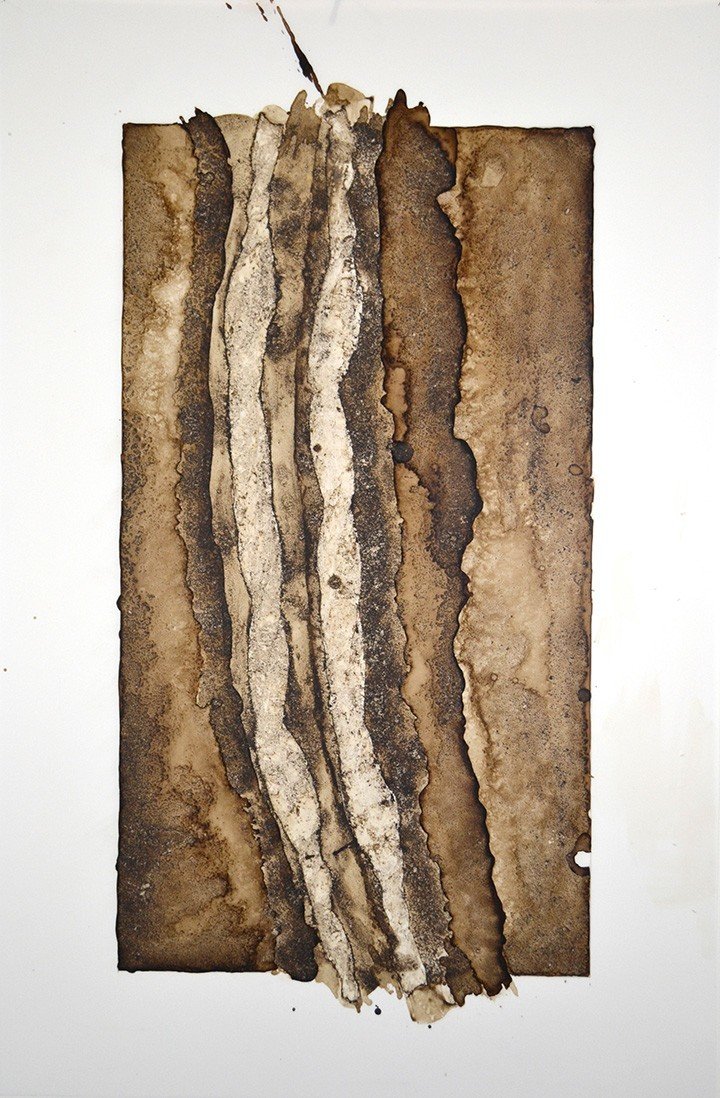
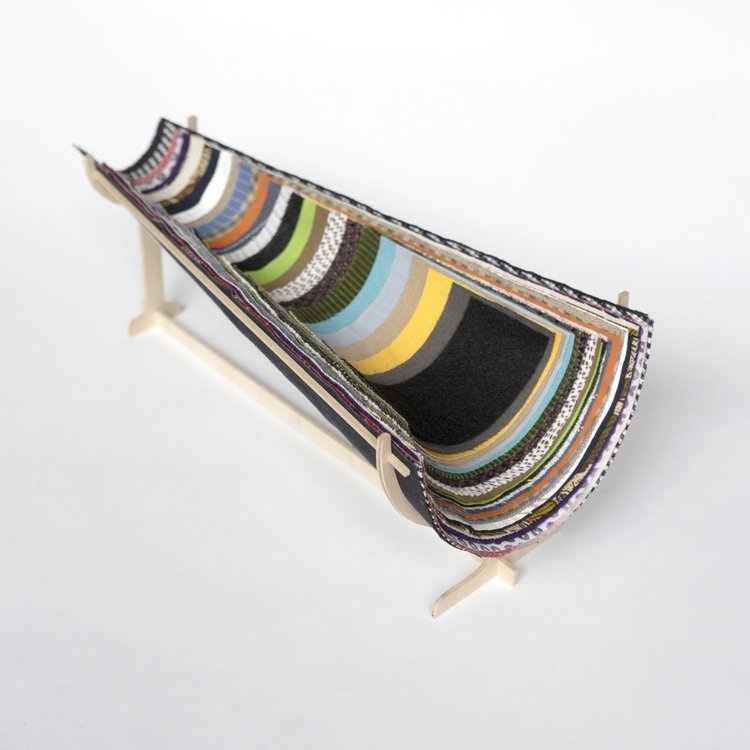
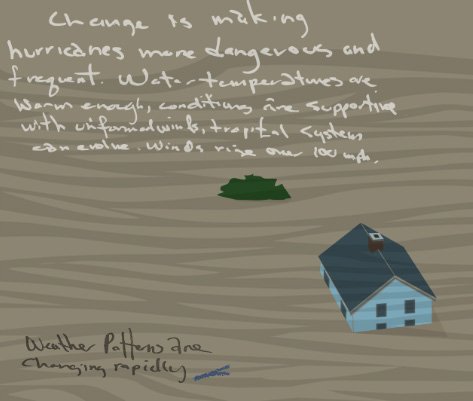
Glasshouse of New Americans
EXHIBITION DATES: October 2 - December 10, 2022
Featuring Jill Enfield
Each of these old photos, in the antebellum wet-plate collodion process, speaks a narrative of epic proportion.
In actuality, the wet-plate collodion process is merely tangential to the dramatic, adventurous and even romanticized stories that each portrait conveys. The nostalgic, Proustian pull of that old-time look is just a result of the photography format most frequently employed in those days. Back then, the wet-collodion process had become familiar enough that viewers of the age took it for granted, and were seldom curious about the conditions of those pictured. An uncountable number of wet-collodion images were lost in a sea of other images, shot with the same process, and ignored by the general public of that era. No one of any real import took time or interest without being pulled in by an exotic photographic process, because the process was common place back then, which minimized the import of the content.
Now the reigning format, of course, is digital. Hundreds of thousands of immigrants are digitally recorded and as equally overlooked as their ancestors were. And just as those immigrants of yesteryear were ignored or treated with disdain and suspicion, so, too, are the new Americans, who must also cope with fears of terrorism far worse than the public notions of mere “anarchists” back then. We make the same mistakes based on ignorance, and fail to perceive the potential of adventurous risk-takers who are more likely than most to transcend the odds and achieve something great. With these strange newcomers arrive new delicacies, art, fashion, architecture and thought. Every culture evolves because new ideas come in from cultures far away.
The new Americans of today have an easier physical journey by air than their predecessors did in steerage, but their risks are just as great, their fears just as valid. And with the current digital mode of photographic record, their faces are just as lost amid a sea of billions of pixels, their lives taken for granted.
So Enfield depends upon today’s public perception of the wet plated collodion process as exotic and worthy of a second look, a connection to old world imagery and romance, to give these brave individuals a leg up in the new world. Maybe the newspapers articles citing illegal immigrants who are stealing fewer available slots of employment, stealing tax dollars, will bear less of a toll on the newcomers if they can be seen with the romance of the wet plate collodion process. Each image taken with the portable darkroom, similar to what Matthew Brady used on the battlegrounds of the civil war, will summon the against all odds conditions facing this recent arrival. Maybe their profound contribution to the enrichment of the nation will be acknowledged in some small fashion. In each of Enfield’s wet plate collodion image, The New Americans are the heroes of the day, each with their own inspirational story.
A 3-minute project concept video, Jill Enfield Ellis Island Installation, is available on YouTube. You can also learn more about her artistic journey on JillEnfield or follow her on Instagram.
PASSING IT FORWARD
Exhibition Dates: May 14 - August 15th, 2022
A tribute exhibition of work by high school art educators
Participating Schools:
Canterbury School
Forman School
Gilbert School
Hotchkiss School
Kent School
Litchfield High School
Nonnewaug High School
Northwestern High School
Salisbury School
Shepaug School
Watertown High School
And more…
“THREE LATINA ARTISTS: TRUTH & BEAUTY”
May 22, 2021 - September 12, 2021
Presented by Rafaela Luna, Laura C. Vargas & Darlene Charneco
Rafaela Luna is an artist born in Santo Domingo, Dominican Republic and based in New York City. Luna graduated from The National School of Fine Art, the Autonomous University of Santo Domingo, and attended City College in NYC. Her artwork explores the connection between the social environment and the human body as an object of stereotype.
“My art work addresses social tensions, emphasizing racial and gender differences, it clearly evidenced in the representation of female figures expressed on my canvas. Likewise, through the graphic sign, it alludes to the stress created by the opposition between conventionalism and the forced masks imposed by stereotypes. My artwork objects to established conventions, showing resistance through the use of color and composition, creating a habitat where the authenticity of the spirit that inhabits us is expressed, and that makes us be individual and real. In my work, expressionism forks between the figurative and the abstract. I am constantly exploring the human perception. What divides peoples and create a negative image based on characteristics of race, ethnicity, gender or simply physical appearance. I seeks to exam stereotypes through its images allowing the viewer.”
Darlene Charneco is a contemporary Latin-American artist whose mixed-media mapping series looks at people, networks, homes, and communities as part of a larger organism’s growth stage. Her work has been exhibited throughout the United States at venues including the Katonah Museum, the Hunterdon Museum, The Islip Art Museum, and the Parrish Art Museum and is featured in the recent book ‘The Map as Art: Contemporary Artists Explore Cartography’ by Katherine Harmon. She was awarded the 2017 Pollock-Krasner Foundation Grant and her recent solo exhibition ‘FutureNurture’ was featured at PRAXIS Chelsea NYC this fall. Charneco lives and works on the East End of Long Island. She is also a part of the Guild Hall Museum Permanent Collection.
“My Weaves and Touchmaps are part of an ongoing series of artworks inspired by dreams, visions, nature studies and the common thread of ritual found in nearly all cultures and religions. Each mixed-media wall-piece contains an aggregation of positive wishes and visualizations for our present and future Earth, 'written' one by one by the meditative hammering of a nail. Through this process, the nails become to me tangible objects renewing hope, determination and faith in the accumulation of many small but important actions through time. As a piece progresses, I see these units weave together into tactile topographical fields and I gradually watch new images emerge of our ever-shifting roles, identities and collective movements within an evolving complex organism.”
Laura C Vargas was born in 1990 in Bogota Colombia and moved to Miami at the age of nine. She graduated in 2015 from Tufts University/School of the Museum of Fine Arts Boston with a dual degree in Fine Arts and International Relations. Her work deals with issues of femininity, politics in Latin America, Latino/a identity, and race, combining photographic and painting techniques. Recent shows includes Violence Transformed, Strategic plan 2025, and Erbaluce Mostra II. She lives and works in Atlanta, Georgia.
“My work depicts universal political issues using imagery which feels familiar and intimate. It unites the study of politics, and my interest in women in Latin America, stemming from my uniquely female-centered upbringing. I illustrate patriarchal values and elevate the status of women in a region which undermines their roles in society, and constantly sexualizes their bodies as a means to underscore their power. By presenting issues of injustice, I inclusively invite the viewers to critically analyze the societal accepted norms, and have a compassionate dialogue with the work.
I portray the six women of my family as the embodiment of genuine Latin American women. They represent injustice lived through abandonment, and they embody the characteristics of millions of other women. Using liquid light techniques in the darkroom, I combine my own photographs, appropriated images from the media, and paint over them with oil. Through layering images I aim to integrate various ideas into a cohesive and understandable whole whose meaning is still accessible.”
“Within and Without: Contemporary Abstracts and Landscape”
March 6, 2021 - April 17, 2021
Presented by Almu Fernandez, Kathleen Zazzaro, Leslie Hardie & Patricia Miranda
“Within and Without: Contemporary Abstracts and Landscapes” features four women artists exploring the interior meaning of landscape art. Patricia Miranda, Almudena Fernandez, Leslie Hardie and Kathleen Zazzaro delve into the abstract and representational languages of landscape painting and photography. Combining ancient and modern techniques, these four artists examine our deep longing to understand the natural world and humanities role in nature.
Almu Fernandez: "There is beauty around us, in nature, in the face of a loved one, in the food we eat… What I am searching for is the need to awaken our senses to the beauty that brings our souls to a place of peace. I try to understand the unnamed source of this beauty. Perhaps this sense of beauty is something ancient that I feel everywhere or it may be a connection with our beginnings. I long to find balance, order and harmony in my life and in so doing I want to transmit this feeling to my audience. There are endless sources of inspiration for me coming from nature. Colors and shapes, uncommon places, materials and textured surfaces are also sources for my work.”
Kathleen Zazzaro: “The landscape has been my primary focus for many years. The use of a panoramic camera lends itself perfectly to such a format. It is the areas outside of the urban environment that I am particularly drawn to. Places with rolling hills and big skies, empty beaches and quiet gardens; the often complex and sometimes subtle textures found in tall grasses and bare trees, or water that disappears into the sky. Places for the spirit to find peace. It is my intention to capture images that will release the viewer from the negative issues which effect our daily lives.”
Leslie Hardie: “My artwork can be about revelation: revealing the artist’s mind, the hidden world of the subject, the raw, the veiled, the unspoken. I am interested in my subject’s complexities; in what causes people to behave the way they do; in the myriad ways people interact with each other; and in the subtle but unavoidable demands of functioning—both acceptably and unacceptably—in one’s society.”
Patricia Miranda: “The Illuminate Series developed from my study of the intricate language of pattern in Christian, Islamic and Hebrew illuminated texts. Evolving from the ban on graven images in the three Abrahamic faiths, patterns become symbols, telling stories in abstract form. Isolating these shapes from their original context I re-assemble, magnify, and juxtapose them with vignettes landscapes, referring to places imagined or appropriated from pastoral painted scenes. Pattern, color field, landscape, initiate a dialogue across cultural forms, referencing text, history, place. The paintings are handmade egg tempera, 22k gold leaf on dry gesso panel.”
“Translating Nature” By Ellen Moon
JANUARY 2021 - february 27, 2021
“My work has three strands—fiber, watercolors, and costumes. The strands are interlaced by my love of the natural world.”
Click the photographs of Ellen Moon’s work to be connected to her website.
About the Exhibit
Ellen Moon is a fiber artist who paints and a painter who works in fabric. To look at one of Ellen’s field paintings is to also understand the intricacies of her embroidered work. Often drawn by the immediate presence of a place as much as by the memories of fields she played in as a child, Ellen draws inspiration from the small interweaving of detail in nature. These intricacies are sewn into larger and expanding images that will eventually become a jacket, painting or small embroidery.
What characterizes Ellen Moon’s work is an attention to the small parts that make our universe, the unsung heroes of tufts of grass or grasshoppers in mid-flight. In short the very elements that we are coming to understand are so vital for the survival of our planet as we currently know it.
View the video below to get a snapshot of Ellen’s work and click here to watch her full artist talk.
About the Artist
“I am an artist because it is in my nature to be so. A cat hunts, a bird flies—I make stuff. Just can’t help it.”
Contact Ellen Moon at info@ellenleichmoon.com and on Instagram at @moon.ellen
Fiber
“I like to tell stories. In a way my fiber work is about telling stories. Many time they are stories that attempt to translate a particular piece of the natural world—the habits of insects, reptiles, and amphibians; the multifarious forms of plants; and the small but miraculous one-time phenomena that occur every moment around us. The difficult problem of the translation of the exact textures and colors of the natural moment into an image made of fiber is fascinating to me. In my jackets, I am reporting on some of the daily phenomena that I have witnessed in the world around me—butterflies in the mist, the surprising beauty of a spider’s web, light and shadow in a field, the lively round of life and death in the pond.”
Watercolors
“For the last 30+ years I have been a fairly serious Sunday and vacation painter of landscapes in watercolor, but I have never had an easy time dealing with the local landscape. What I liked to paint were expanses of sea, sky or mountains. In northwest Connecticut we are surrounded by a beautiful but complicated landscape, full of masses of vegetation. In 2004, I decide I should conquer my fear of the local landscape and so set myself the task of making a painting a day in and around my home in Cornwall. I work plein air—outdoors in all but the most extreme weather.
For me, painting has become a form of meditation, and hour in the day when I have to concentrate on one thing and one thing only. It is literally impossible to multitask while painting! My daily efforts have also been a form of exercise—visual push ups. I find that after these years of observation I am more aware of daily, even hourly changes in the light and color of my surroundings.”
Masks & Costumes
“Since 1982 I have been the designer and maker of masks, costumes and sets for the Grumbling Gryphons Traveling Children’s Theater. The Grumbling Gryphons perform at schools, festivals and other public venues throughout the country, engaging thousands of children in the delights of participatory theater. In 2003 we received the Connecticut Governor’s Award for Excellence in the Arts.
In addition to my work with the Gryphons I have designed masks and costumes for Faustwork/Rob Faust, Masque/Larry Hunt, and Lotte Goslar. I have also taught a myriad of maskmaking workshops for children at public and private schools, museums and festivals. Lately I have become very interested in Giant Puppets.”
“A Place for You” by Lee cantelon
September 2020-December 2020
Click the photographs and be connected to our online Gallery Shop and support the faces you see. Each photograph has a description written by Lee Cantelon and lets you know where all of the proceeds are directly going - from the Samaru refuge to Geidan Bege, the House of Hope.
About the exhibit
“A Place for You,” represents a select collection of photographs and journaling from Lee Cantelon’s time spent among the diaspora of displaced women and children who are the victims of Boko Haram and Fulani violence. The theme is aimed towards understanding the meaning of being “internally displaced,” and premise that we all experience this phenomenon in our search for security and peace, both in the external and internal worlds, both here in the West as well as in places far removed.
The spiritual parallel is that we are all, in one way or another, "internally displaced," searching for our own place of rest, service, spiritual understanding, and how to contribute; and that as long as there are those in chains and without place, we too are captive and displaced.
“Taking photographs, traveling in places like Rwanda and northern Nigeria, the question is always there, why? Why so much suffering, why so many lives uprooted, the innocent suffering for the guilty, again.
“In Nigeria where I’ve visited a half dozen times during the past two and a half years, this question nags like a bad case of mosquitos. Evil, some say. There’s something evil in this world that causes millions to be uprooted, villages and families stripped like worthless topsoil, schoolgirls kidnapped, the infidels or not killed with regularity. Couldn’t you ask the same thing in the Democratic Republic of Congo, the South Sudan, or some other god-forsaken place? In Nigeria this question always leads to the second most obvious answer, Boko Haram. Both answers come too quickly and leave much of the causes understated or trod underfoot.
“Like so many nations in Africa, a few days in country and you become aware of American, French, Russian, or British, to name a few, there to scoop up what’s there for the taking. In Nigeria it is mining for one thing, coltan deposits there for the taking and the Nigerian government to sell off, columbite-tantalite used to extract niobium and tantalum needed to power the rest of the world’s computers and cell phones. Along with oil and other resources, Southern Nigeria makes a lot of people rich, and interrupting this to deal with the poor and conflicted north, or respond to a few hundred girls being kidnapped at a time, is just not worth it.
“Racism and discrimination against the poor wins again. The world that we live in now is all about populism, authoritarianism, law and order for the privileged. Leave the rest to their own, possibly deserved, miserable fate. Racism and discrimination, no longer localized to one nation or a segment of one nation, but spread like a poisoned ozone layer. Liberal democracies are no longer interested in pushing it out, as long as the money continues to flow. Timea Nagy pointed this out in November 2019 when she spoke out. “Human trafficking, kidnapping, it’s a tremendously profitable crime,” she stated the obvious, but added the not so readily understood, that by profitable she meant 150 billion dollars a year, minimum. In places like northern Nigeria, where the poor only get poorer, and there’s less relief in sight every passing day, there’s big money in preying on the poor while the world looks the other way.
“The other contributor to all of this, is the growing awareness that global hot spots where insurgencies and violence are the rule, follow closely the blue lines of geological maps indicating the presence of ground water or water sources. Warfare for and around water sites is quickly becoming the explanation given for what’s going wrong, and will begin to dominate our discussions in the coming decades.
“Against these bleak questions and miseries, the efforts of courageous people like Peter and Miriam Fretheim, Mama Yidi, James Byensi, Gloria Samdi Puldu, Merry Valentine and others stands out like a halogen bulb in a cave. When evil abounds does grace much more abound? In many places this becomes almost believably true seeing the impact of love over hate as expressed by what they do. Unnoticed often, and unsung, men and women like these go about making a difference, while the politicians and corporations pillage and steal and close their ears and eyes.”
View the video below to experience a snapshot of Lee’s work and story. Click here to watch his full artist talk.
About the Artist
Lee Cantelon grew up in Brussels, Belgium. Based first in Los Angeles during the first 20 years after returning to the United States, Lee has been a resident in Litchfield since relocating to Connecticut in 2011. His photography site, Pennyhead, details his history and travels. Mr. Cantelon writes: “My life has truly been redeemed in the lives of others - and
whatever I have to offer is because of what these
remarkable women and men are all about… I hope that there will be some takeaway for anyone who visits or sees these images, that in someway it will motivate towards doing, acting, of getting involved. Little is
much when we do it together.”


































